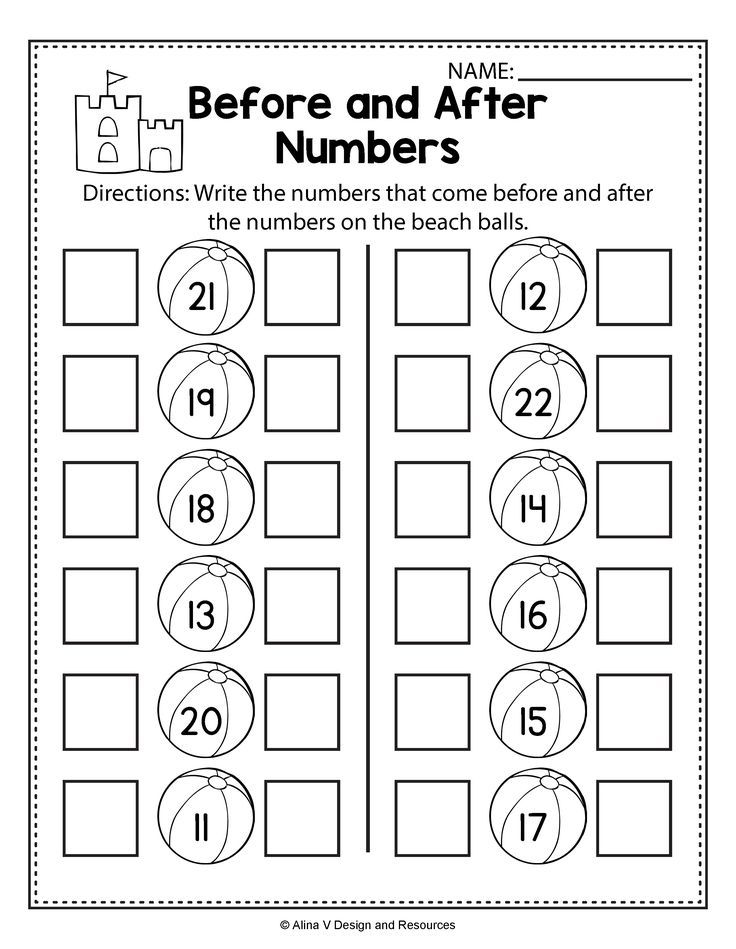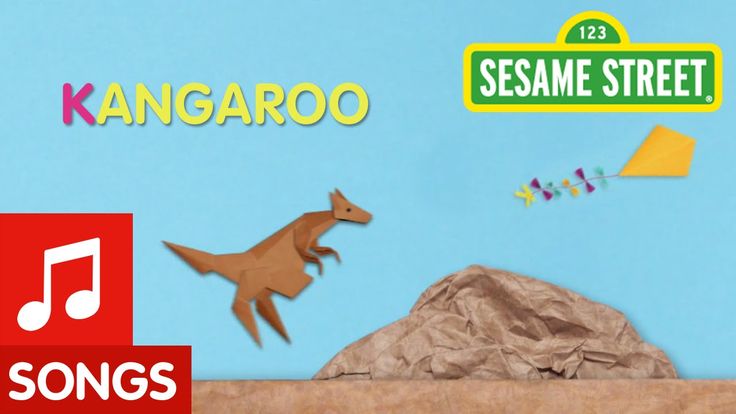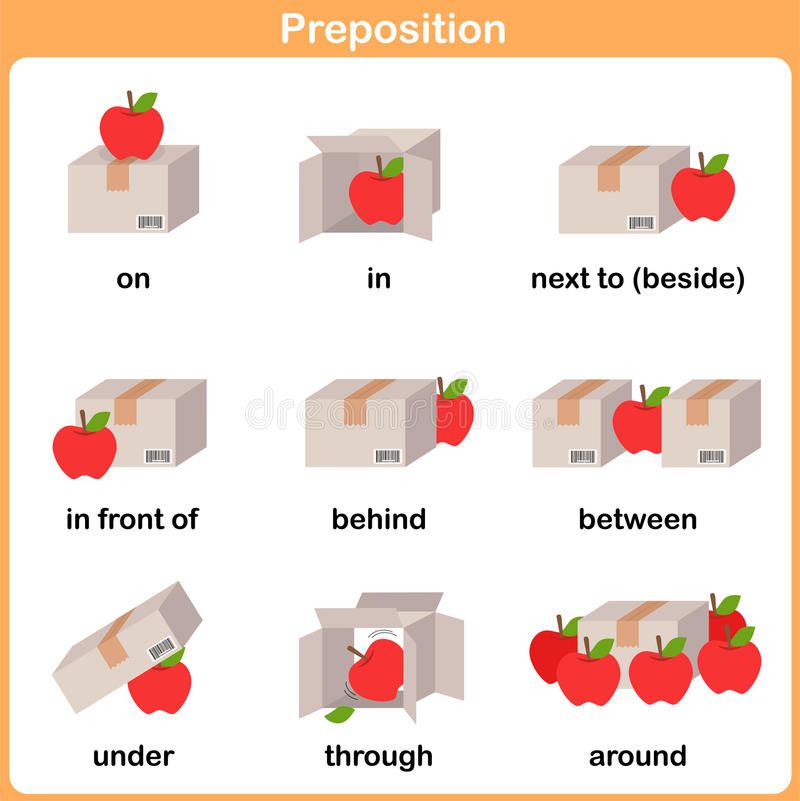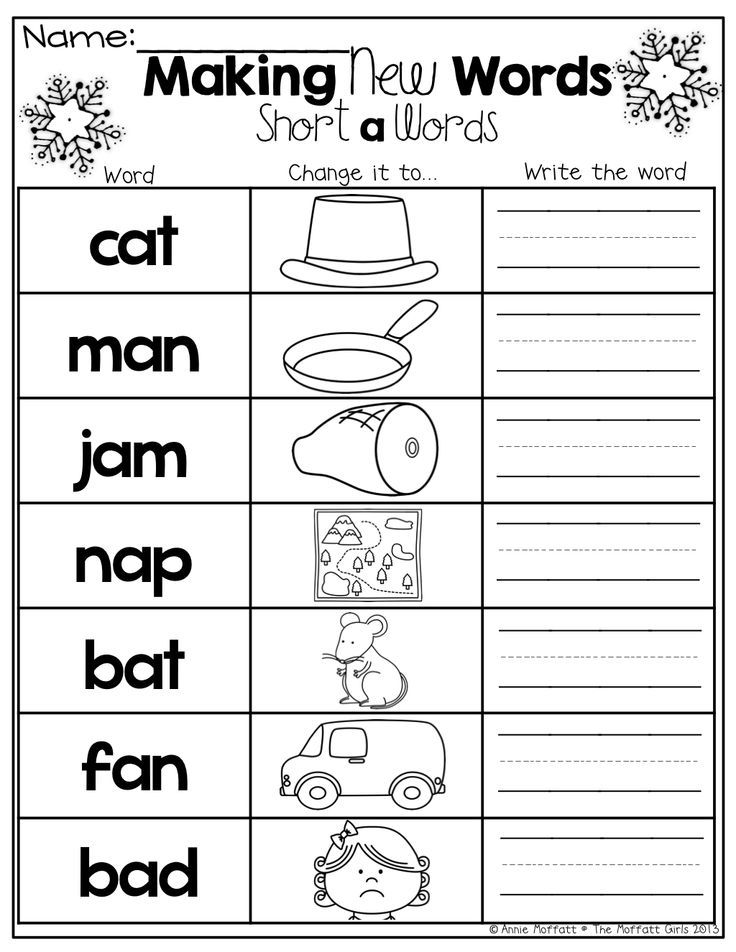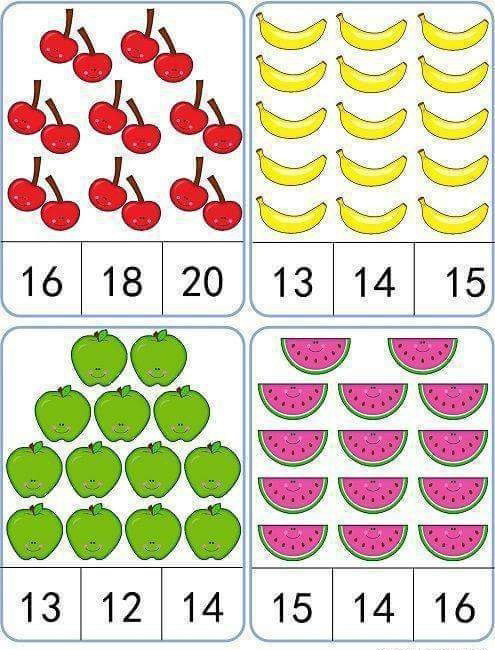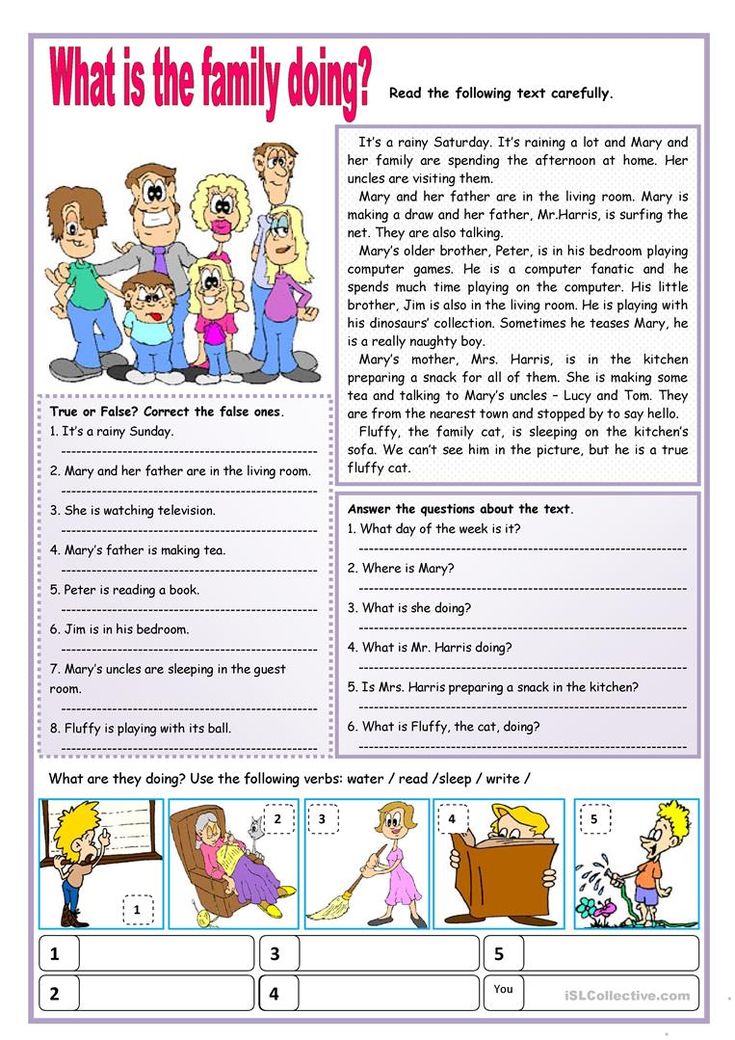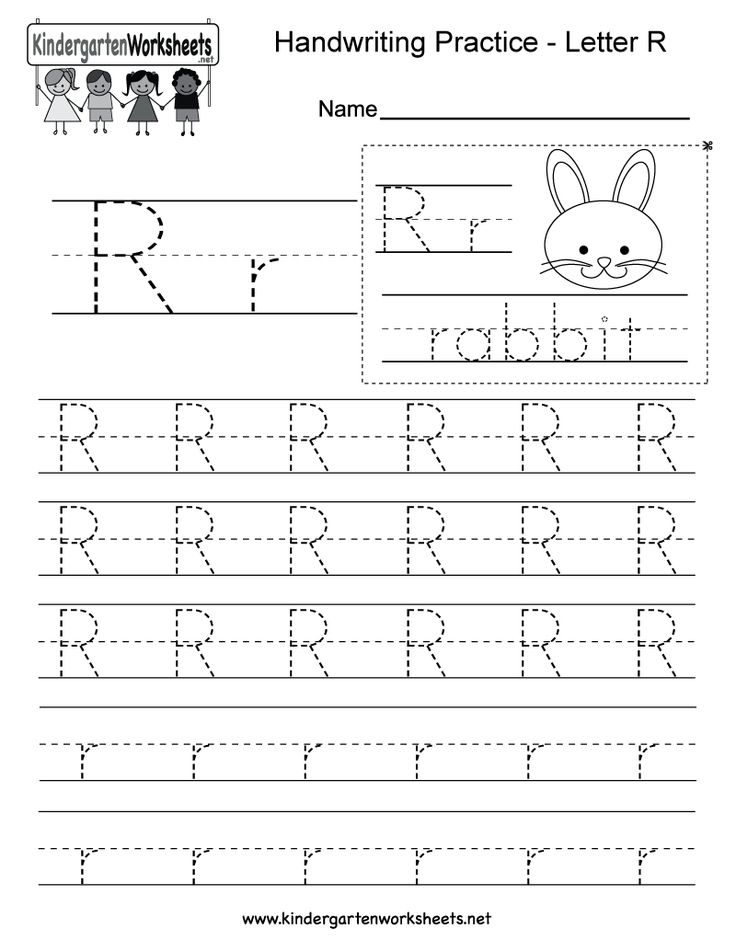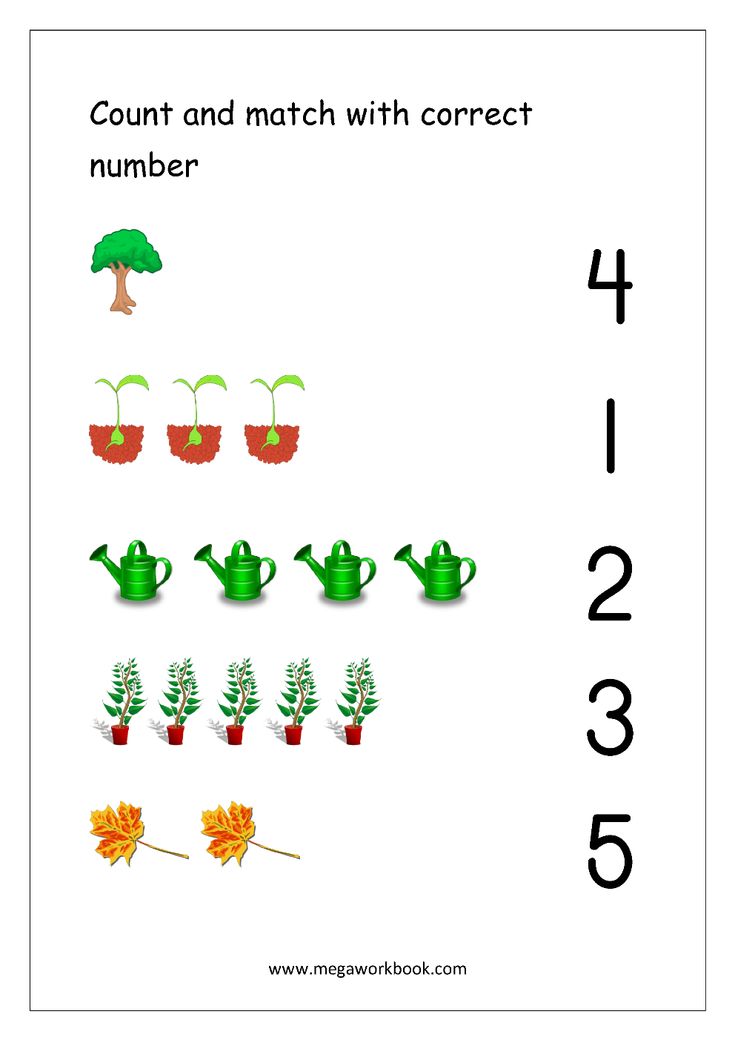Writing exercises for kindergarteners
27 Fun Writing Projects for Kindergarten
While so often we feel the pressure to push the standards, push the benchmarks, push the curriculum down to a point where we suck all the fun out of learning, we also know in our hearts what five and six-year-olds need. We know what good teaching and learning are. To that end, we’ve come up with 27 Fun Writing Projects for Kindergarten, because sometimes, you just need to shut your door and do what you know is best (and if you’re lucky – you can leave that door wide open and share it with the world).
Writing with kindergarteners and first graders is in a realm of its own – and this year that fact is even more painfully apparent. How many times have you sat through a workshop or PD focused on writing, only to have most of it not apply to you? Or dealing with people who think all of elementary can share basically the same model, rubric, or report card lines? Yeesh. We’ve all been there.
If you’re lucky, you’ve never been in that position. If you’re lucky, you’ve never felt like what you’re being asked (ahem, mandated) to do is inappropriate, asking too much of your youngest learners. Thankfully, we are good at letting people know that we are in a different world and that along with that world comes the joy of helping students recognize themselves at their earliest stages of schooling as authors. I will never forget the beginning of the year author celebrations I have held – the beaming smiles, the kids realizing that they are, in fact, authors. It is magical. 🥰
1. Nature Journaling –
These can be as simple or elaborate as you want to get – a stapled pack of papers or a fancy notebook. Regardless of what medium you use, kids LOVE to be outside. Why not incorporate nature into writing? Journal the changing seasons, observe your schoolyard and write five senses poetry, or simply partake in an, “I notice, I wonder, It reminds me of,” activity. Don’t think you have nature in your schoolyard? You’d be surprised at what your students can find.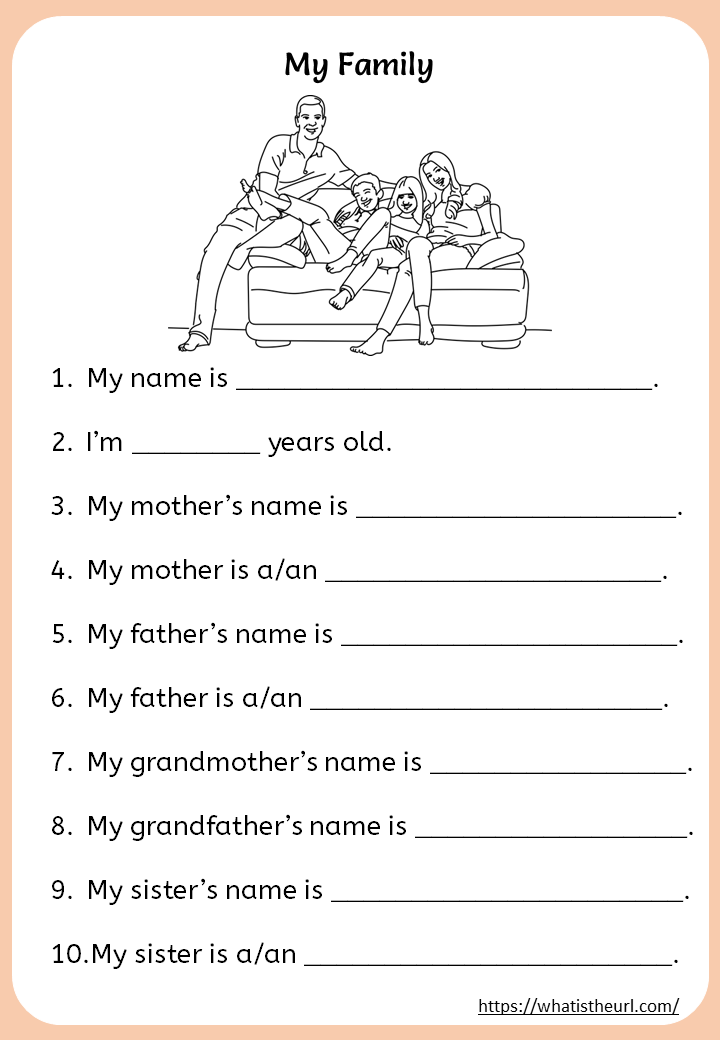
Project 2. Letters to Family/Pen Pals –
Letter writing is a great, purposeful activity that kids love because they get to write all about themselves while practicing writing skills. I’ve done pen pals as well as letters to a special loved one Friday of each week to which that special adult then replies (I usually save these and bind them at the end of the year as a keepsake). Don’t have time to do a weekly letter? Penpals are another wonderful option. Join a Facebook teacher group (Fearless First Grade Teachers or another one!) to make a match with a teacher in another part of the world. Bonus for this one? Students learn about what it is like to be a kid in another part of the world and with how tech-savvy we’re all becoming with distance learning, why not set up a few Zoom events between pen pals over the course of the year?
3. Lists –
Lists are fun? I can hear you now… “Are you crazy?!?” I just may be, but I think lists can be a simple, engaging way for kids to write. It is much less intimidating to write a word or two on a list than an entire piece. The lists kids can make are endless – my students were particularly fond of writing lists of kids in our class and their favorites in any category. One of the best things about list writing? It easily transfers to any number of situations and is incredibly purposeful – adults make lists all the time so this one is an easy one to have family involvement with as well. Groceries, anyone?
It is much less intimidating to write a word or two on a list than an entire piece. The lists kids can make are endless – my students were particularly fond of writing lists of kids in our class and their favorites in any category. One of the best things about list writing? It easily transfers to any number of situations and is incredibly purposeful – adults make lists all the time so this one is an easy one to have family involvement with as well. Groceries, anyone?
4. Persuasive Letters –
Kids are masters at persuasion and see a great deal of what they deem unfair in the world (sometimes rightfully so!). Help give them an outlet for their arguments by teaching them that adults will listen to them much better if they have a well thought out argument and a reason for the proposed change. My favorite thus far has to be the student that argued for an 80’s dress-up day each week. #scrunchiesandfluorescents
Project 5. Cards –
Partner up with a local nursing/assisted living home, especially now when they are on lock-down, to share the lightheartedness of children.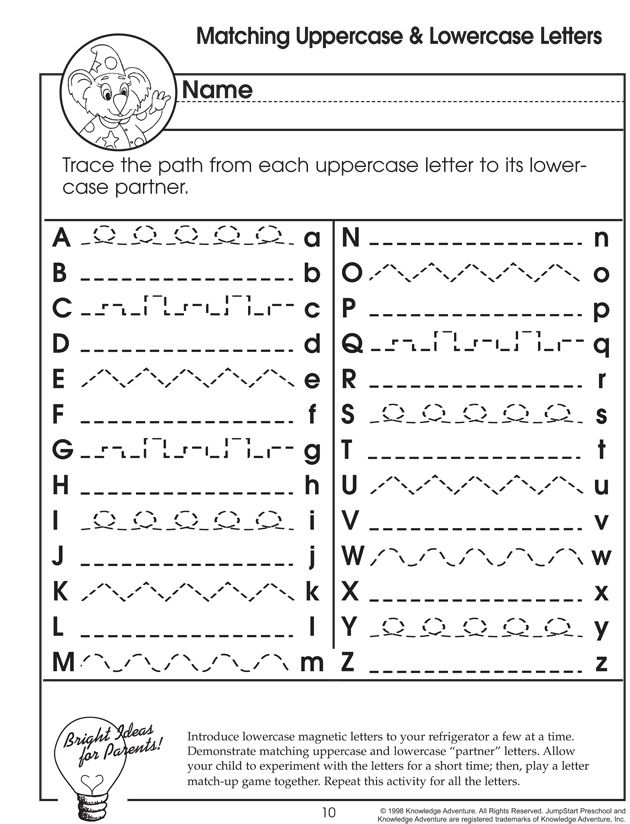 Kids can make cards for holidays or just because. Only once or throughout the year to a specific adult. What a great way to spread sunshine and kindness. Even more so if you are able to make a year-long connection (pen pal-Esque) for people who may be feeling very lonely and isolated. I mean, have you seen those videos of preschools in nursing homes? Have you read the research? The benefits abound for both groups of people!
Kids can make cards for holidays or just because. Only once or throughout the year to a specific adult. What a great way to spread sunshine and kindness. Even more so if you are able to make a year-long connection (pen pal-Esque) for people who may be feeling very lonely and isolated. I mean, have you seen those videos of preschools in nursing homes? Have you read the research? The benefits abound for both groups of people!
6. Sharing/Show and Tell –
Kids love to talk about themselves. We all know this. It is the topic they know the most about, too. Capitalize on this and use it for your sharing/show and tell time. Students are welcome to share in the manner you normally use but simply have them write their thoughts down first. (This could be done at centers or at home).
7. All About Me –
Many kindergarten classrooms have an all about me or star student routine. Simply extend this to have students make a mini-book all about themselves.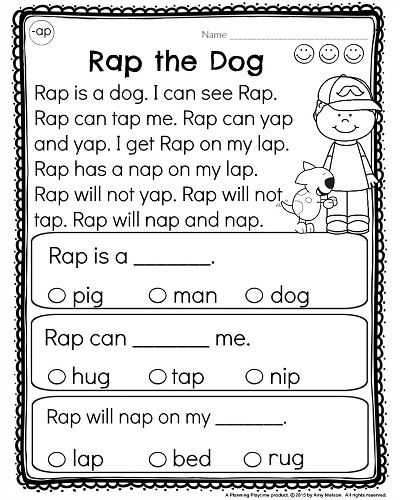 After their sharing day/week, add this book to your classroom library for kids to read (you may want to have the student dictate the piece to you and you add that to the page as well). Don’t want to get that in-depth? Make it a poster and hang it up in the room or by their cubby for future reference/reading.
After their sharing day/week, add this book to your classroom library for kids to read (you may want to have the student dictate the piece to you and you add that to the page as well). Don’t want to get that in-depth? Make it a poster and hang it up in the room or by their cubby for future reference/reading.
Project 8. Partner Compare and Contrast –
Compare and Contrast with a Partner, helps kids recognize what is the same, and different about them is so beneficial. I like taking large construction paper and making a modified T-chart or Venn diagram. After modeling, pair up kids who may seem very different from each other and have them talk and write together how they’re the same and how they’re different. This one does double duty and has the huge added bonus of community building!
9. Classroom Cookbook –
Take your pick on the theme. This is a hilarious writing project that can be created as a gift to families/loved ones. (Who are sure to love it as well).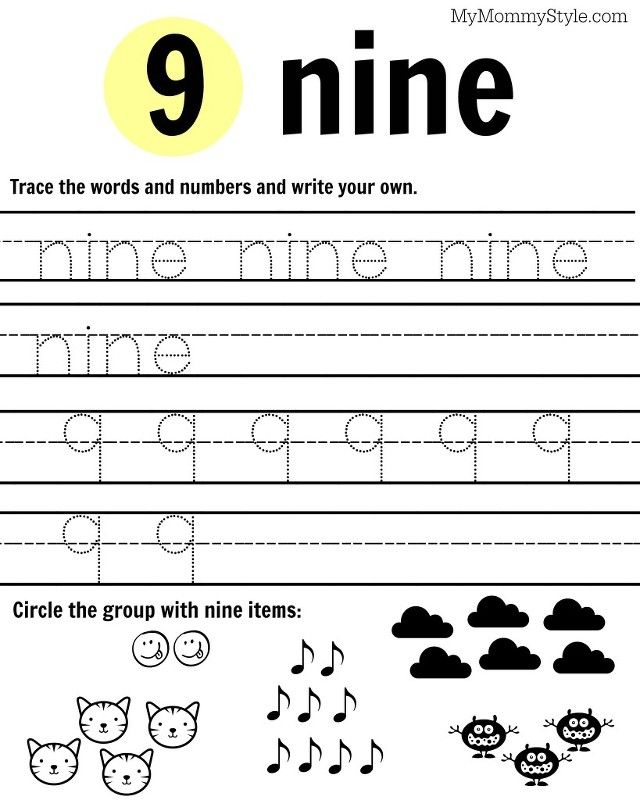 I’ve done this one around Thanksgiving, but you could really do it anytime. Have kids pick their favorite foods and write their recipes for what is included and how to cook them. A great activity to participate in after reading Stone Soup or another book about cooking.
I’ve done this one around Thanksgiving, but you could really do it anytime. Have kids pick their favorite foods and write their recipes for what is included and how to cook them. A great activity to participate in after reading Stone Soup or another book about cooking.
10. Pattern Books –
This is a fun reading extension for kids with their favorite picture books. It can be done as a whole group, interactive writing activity (with something like Seven Fat Cats by Joy Cowley) or you could have each student do their own page and bind it together for a classroom book (with something like Snowmen at Night by Caralyn Buehner). These books are always a big hit in the classroom library and are usually the first selected during choice reading time.
Project 11. Labeling the Classroom (or House!) –
Challenge kids to label things at home and have family take photos to share (send home with index cards) – Labeling is another simple, low-level entry into writing for some of those reluctant writers.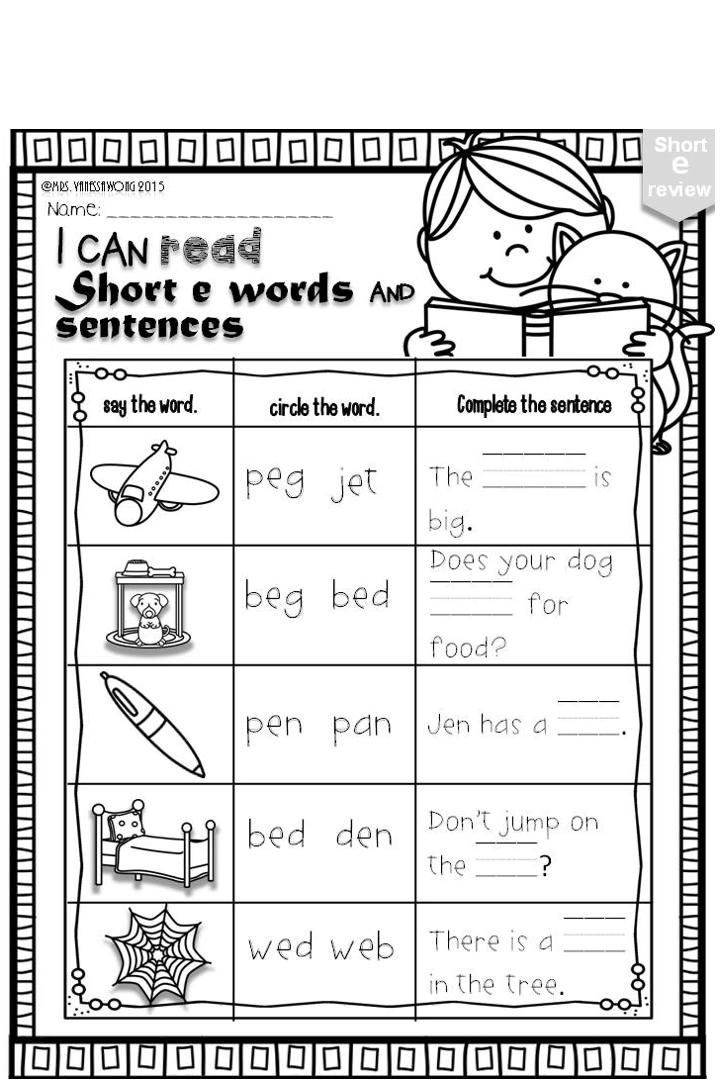 I love to start this off by having the students use post-its to label me. They giggle non-stop at my post-it laden body – but are learning at the same time (aren’t those the best times?). I’ve only been interrupted by other adults in the building a few times and they’re sure to giggle and whip out their cameras as well – so be ready for some embarrassing photos of you to circulate around the school!
I love to start this off by having the students use post-its to label me. They giggle non-stop at my post-it laden body – but are learning at the same time (aren’t those the best times?). I’ve only been interrupted by other adults in the building a few times and they’re sure to giggle and whip out their cameras as well – so be ready for some embarrassing photos of you to circulate around the school!
But seriously, labeling is a great place to practice writing – saying words slowly, hearing and recording sounds. I have done this in interactive writing as well. I would recommend putting together some scrap paper cut up into index card-sized pieces (think about all that paper that is copied wrong or only one-sided – virtual gold mine right there!) as a take-home kit or for use during centers so students can continue their labeling fun. Make it a competition and have adults at home take photos of their labels. See who can get the most labeling done in a given amount of time! Kids love a good competition (and benefit from learning how to lose gracefully once in a while).
12. DIY Alphabet Chart –
Another low-entry but fun activity for kids….and when they make their own, they learn more and are more likely to use it in the future as a reference tool! You could do one together as a group during interactive writing and then have it as a center activity to work on at the beginning of the year. Once they have their personal completed chart, I like to laminate them and have them handy as a reference tool in their toolbox.
13. Gratitude Journaling –
Focusing on what you’re thankful for makes you happier – and don’t we all want our students to be happier? Help create a culture of gratitude that will span the years with easy to use sentence stems and fill in the blank. I like to make these easier at the beginning of the year and then as time goes on, increase the amount they need to write. Sight words like I and am can be traceable to start, then later on, fill in the blank. They could be a weekly or a monthly activity and make another great keepsake.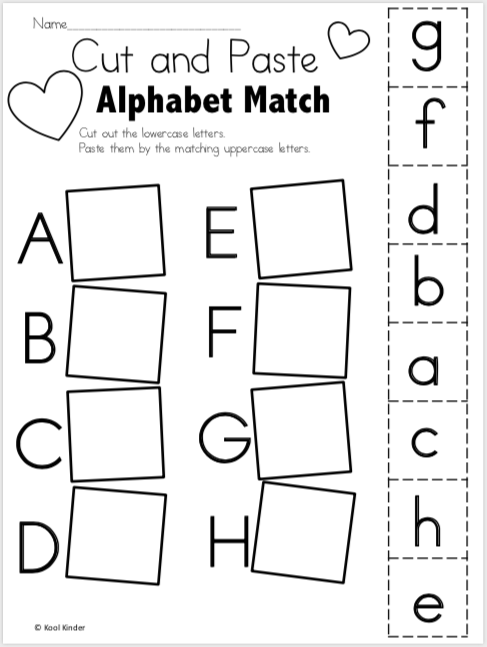
Project 14. Friendship Books –
This one gets my heart every time. I’ve taught in a few districts and at two of them, at some point, a community-building activity took place where staff gave compliments to other staff on a piece of circulating paper with their name. There’s some pre-teaching that needs to be done here, about complimenting people for their inside characteristics, not their looks, their clothes, etc…but once you’ve had some practice with that, oh… these are golden.
I recommend starting with a cardstock sheet that has the student’s picture on it and leaving scrap paper out by that. That way, you minimize the risk of ruining the entire sheet if one kid makes a big mistake or decides to write REALLY BIG (we all know that kid!). Later on, scan the scraps in and arrange them on one sheet to glue onto the cardstock (or print it all as one). Community building and seeing the good in others at its best!
15. Writing On/In Unique Materials –
Not looking for a big project, but want kids to have some fun with a quick, engaging activity practicing a phonics skill or sight words? Shaving cream, colored sand, oobleck, colorful glittery hair gel in a bag, scratch paper, glitter pens, sparkly markers, hidden message (white crayon and marker over the top later on), rainbow writing (using all the colors of the rainbow), play-doh, stamping, or chalk on the sidewalk/playground are all great ways to accomplish this! Sensory writing hits the mark with memory.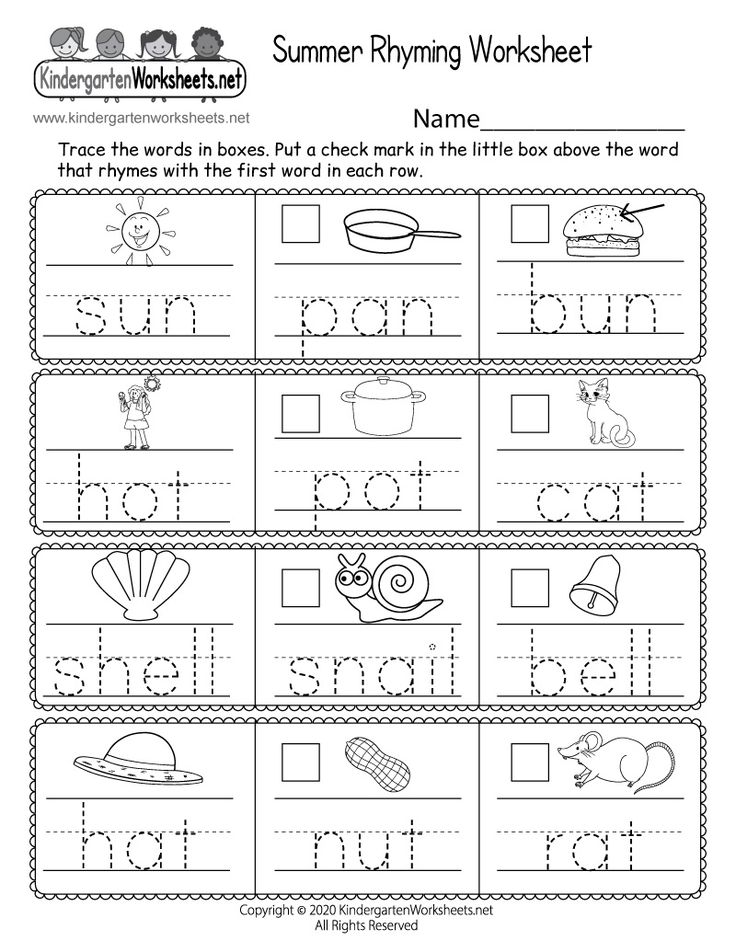 Have an easel in your classroom? Cabinets? Tables? Tape some paper up (or under in the case of the table) and have the kids do writing on these surfaces to encourage fine motor/hand muscle development (c’mon, we all know they need more of that these days)!
Have an easel in your classroom? Cabinets? Tables? Tape some paper up (or under in the case of the table) and have the kids do writing on these surfaces to encourage fine motor/hand muscle development (c’mon, we all know they need more of that these days)!
16. Word Scavenger Hunt 🔎
An easy center activity that kids love – like writing the room, but with zero prep on your part! Kids search the classroom, hallways, library, etc. (with an aide if you’re lucky enough to have one) for words and write them on clip boarded recording sheets. Get those kids moving! And who knew clipboards could make things so much more fun?!
Project 17. Little Books –
These are super simple preparation and can be used for a writer’s workshop or during centers. Just fold and staple some copy paper with lines for a title, author, and text on each page. Feel your kids out for how many pages they’re ready for at that point (start small) and model so they know what to do with them – then set them loose! These are great to share with the class when they’re done and really solidify the feeling of being an author.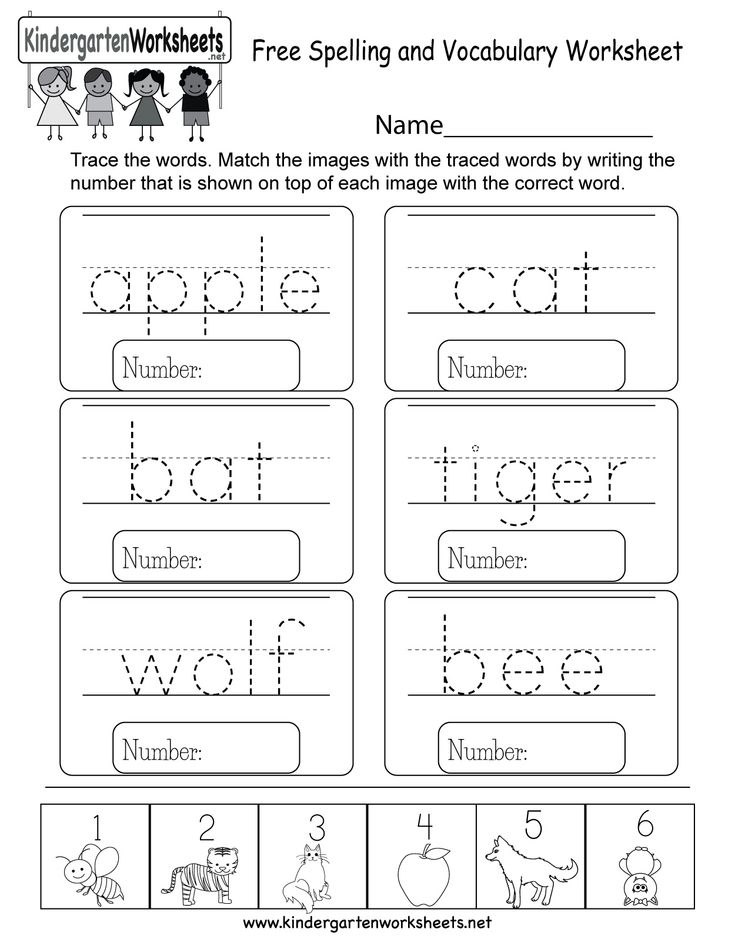
18. Change the World Thought Bubbles –
One of my favorite projects I have done with students is during January. We spend most of our school year with an underlying theme of how we can make the world a better place, so this isn’t anything new, but I link it to MLK, Jr. By January, the kids have been exposed to a number of ways they can make a difference in the world and usually have no problem coming up with ways they want to make the world better for everyone, but I still recommend brainstorming some ideas during interactive writing first.
Then, I photograph the kids in front of a simple background with their best ‘thinking’ pose and print them in black and white. I trim them, but the kids glue their photo and a thought bubble with how they want to change the world onto a large sheet of black construction paper and finally sign it with their name and age in white colored pencil (I learned the hard way – crayon melts when laminating).
19. Shadow Tracing –
This is a fabulous integration of science and writing… Check out the shadow tracing activity from PBS Learning Media or use plastic animals for kids to trace.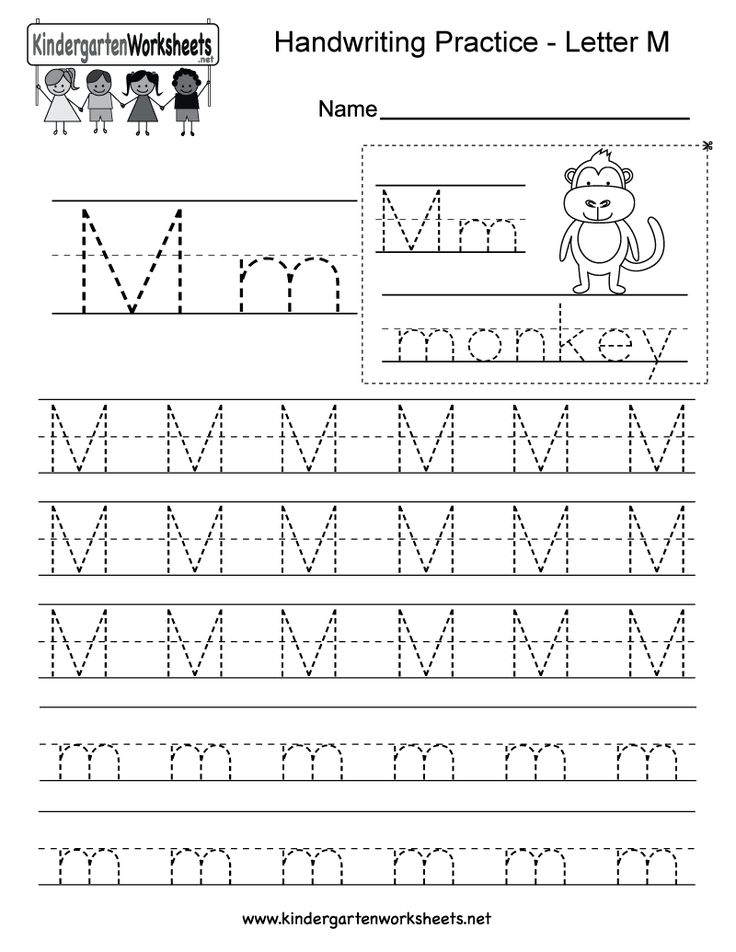 Take photographs of each stage and help kids assemble them into booklets (hello, sequencing!). Students can write about what happened each time they traced the shadow and why they think their investigation had these results.
Take photographs of each stage and help kids assemble them into booklets (hello, sequencing!). Students can write about what happened each time they traced the shadow and why they think their investigation had these results.
Project 20. Mystery Object Observations –
This is a great way to get students to practice using sensory words in their writing. Create a simple shoe-box with a hole in the side or a paper bag that has a mystery object inside. This could easily be a weekly center activity with some pre-teaching and modeling/practice during interactive writing (make sure you impress upon the kids that it isn’t about getting the ‘right’ answer to discourage peeking). Having a three-ring binder clip with sensory words on it as a reference can be a helpful addition.
21. Silly Sentences –
This engaging activity can be done with pictures or with sentence pieces. I used this as a center activity with pictures. I gathered a collection of strange photos (think gummy bears coming out of the bathroom faucet or a dog holding an ice cream cone), laminated them, and put one out a week.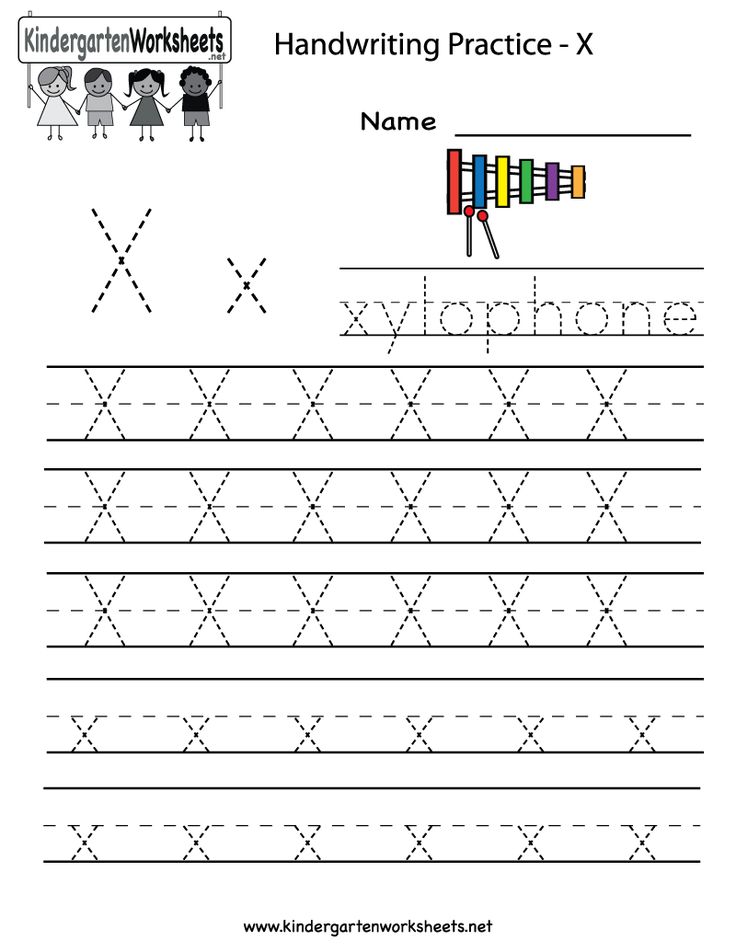 The students then had to come up with one asking and one telling sentence each week. Once the sentence was good to go in pencil, they could choose a glittery pen to trace over it.
The students then had to come up with one asking and one telling sentence each week. Once the sentence was good to go in pencil, they could choose a glittery pen to trace over it.
These photos could also be a story starter activity. Alternatively, I’ve done something similar with sentence pieces that the kids put together in a silly way (Think, “The dog read the weather report to the flock of seagulls.” “The teacher sang a book report for the backyard.”). Each part of the sentence is on a different color background, and the kids know they have to put them in rainbow order, not skipping any colors. Then, they write them down on their recording sheet and illustrate. These crack me up when I’m checking them and the sound of little giggles can be heard daily as they’re working…and is there anything better than little giggles?
22. Weather Report –
As a part of your morning meeting or classroom jobs, you could have a weather reporter. During soft landing time (as the kids trickle in and take care of lunch count, etc.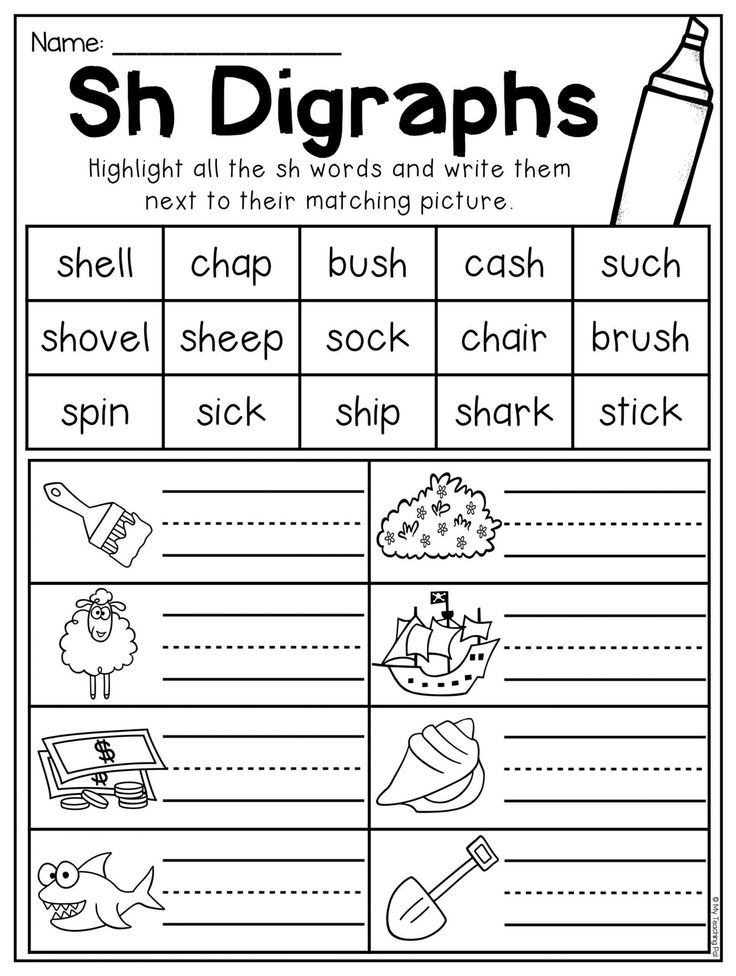 in the morning), I would have the assigned student write a weather report for the day that they shared during the morning meeting. This can be done at a variety of levels, from circling images to writing the entire piece – depending on your students and the time of the year. Even better if you have an old blazer and fake glasses for the kids to wear while giving the weather report!
in the morning), I would have the assigned student write a weather report for the day that they shared during the morning meeting. This can be done at a variety of levels, from circling images to writing the entire piece – depending on your students and the time of the year. Even better if you have an old blazer and fake glasses for the kids to wear while giving the weather report!
Project 23. Classroom News –
An extension of the weather report can be a weekly classroom news reporter that gives their report on Friday during the morning meeting. Give them some support recording events of the week with a graphic organizer. – A sentence a day with the highlight to share is a great goal. To make it even more fun, give them some props like a desk to sit behind and a microphone. – Record it to share with families if you’re able! As with any ‘presentation’ activity, I always give my students the option to pass as some students just aren’t comfortable speaking in front of the class.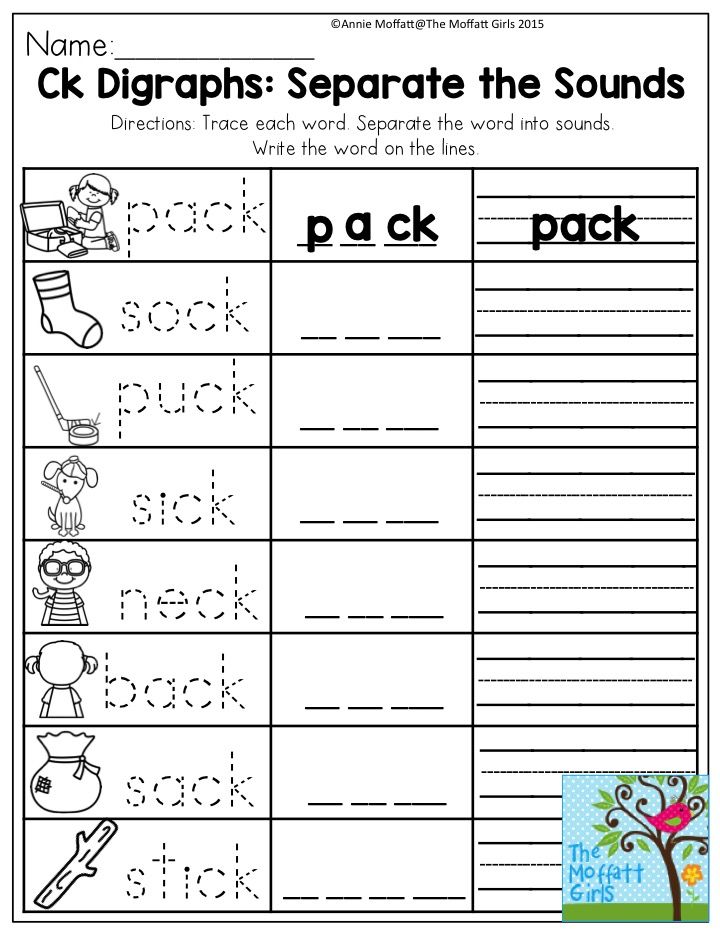 Through community building, we are usually able to get everyone participating in the middle of the year, but it is always an option, never required.
Through community building, we are usually able to get everyone participating in the middle of the year, but it is always an option, never required.
24. Character Education Cards –
Interactive writing is such a great platform for kindergarteners to learn about writing. Why not use it to incorporate some of those things kids need to know that we never seem to have time in the day for anymore? Create a classroom set of character education cards, listing the trait, like sharing, with a definition and an example. Then, challenge the students to practice it for a given amount of time. Point it out whenever you or others observe it to encourage internalization of that trait.
25. Invent an Insect –
Do you teach insects in science? Did someone bring in a chrysalis or caterpillar they found? This is perfect! Give kids a jar template and have them draw a stick/leaves in the jar. Then using fingertip prints (with ink pads or a marker) have them create different insects and label them.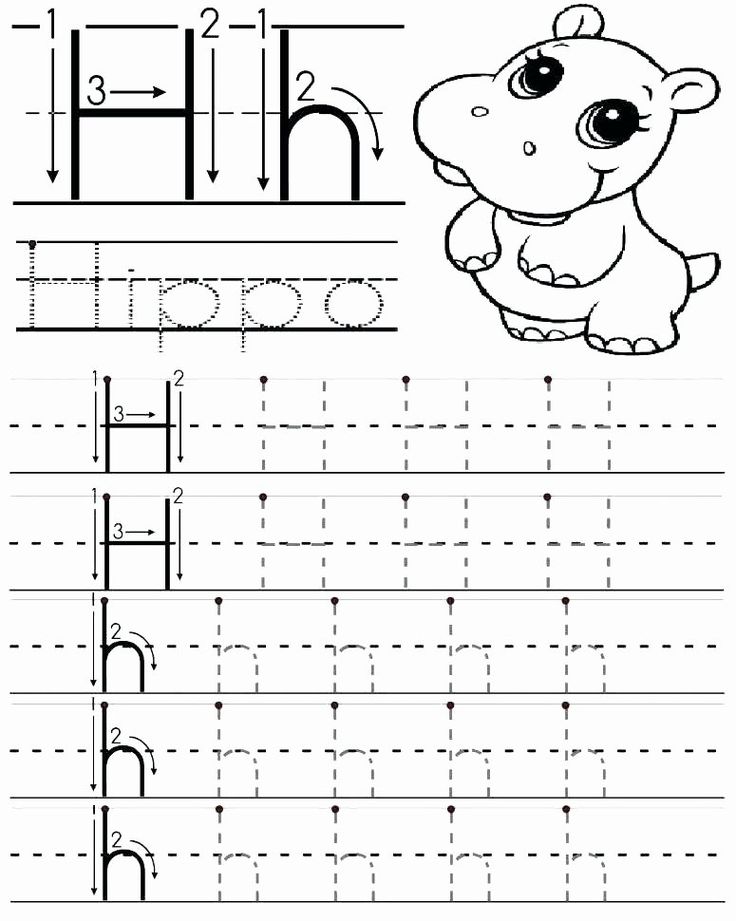 After labeling, they can write a sentence or two about their insects underneath the jar.
After labeling, they can write a sentence or two about their insects underneath the jar.
Project 26. The Eyes Are Watching –
Let kids express their creativity with this fun activity using simply a set of googly eyes! Give kids a set of googly eyes, (There are so many varieties to pick from!) and have them glue them on their paper. Starting with those eyes as the base, they draw a character (animal, human, or other) around them and write about their character. You can encourage them to base their character on different learning themes or units of study or let it be completely open-ended. This can be extended for a number of days by adding new characters to the story each day with a new set of eyes.
27. Bandaid Story –
Another low material project where kids get to write about themselves and their lives. It’s a big hit, especially as an option during centers. The students draw themselves, sticking a real band-aid on their picture in a place they got hurt at some point in their life.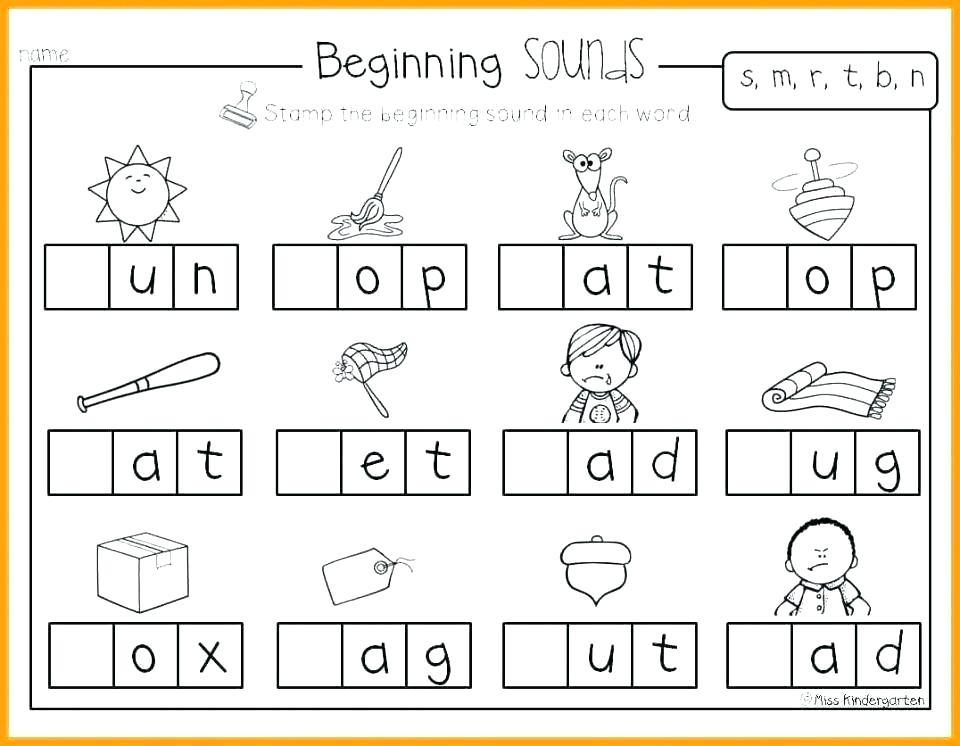 Then, they tell the story of how they were hurt.
Then, they tell the story of how they were hurt.
No matter what you do, we know that kids thrive when you make writing purposeful. (Why write if it is just to make your teacher happy?) Focus on what they can do and celebrate the small victories. (And make sure families understand that developmental writing is exactly what the kids should be doing right now!). Celebrate, celebrate, and celebrate some more! – By building in a sharing routine for their work, their confidence will only increase. They’ll want to write more and when they write more, they get better and enjoy it more.
If you have any Fun Writing Projects for Kindergarten that you enjoy doing in your classroom, please share them in the comments below. 👇🏼
Written by: Kristin Halverson
At Education to the Core, we exist to help our teachers build a stronger classroom as they connect with our community to find trusted, state-of-the-art resources designed by teachers for teachers. We aspire to be the world’s leading & most trusted community for educational resources for teachers.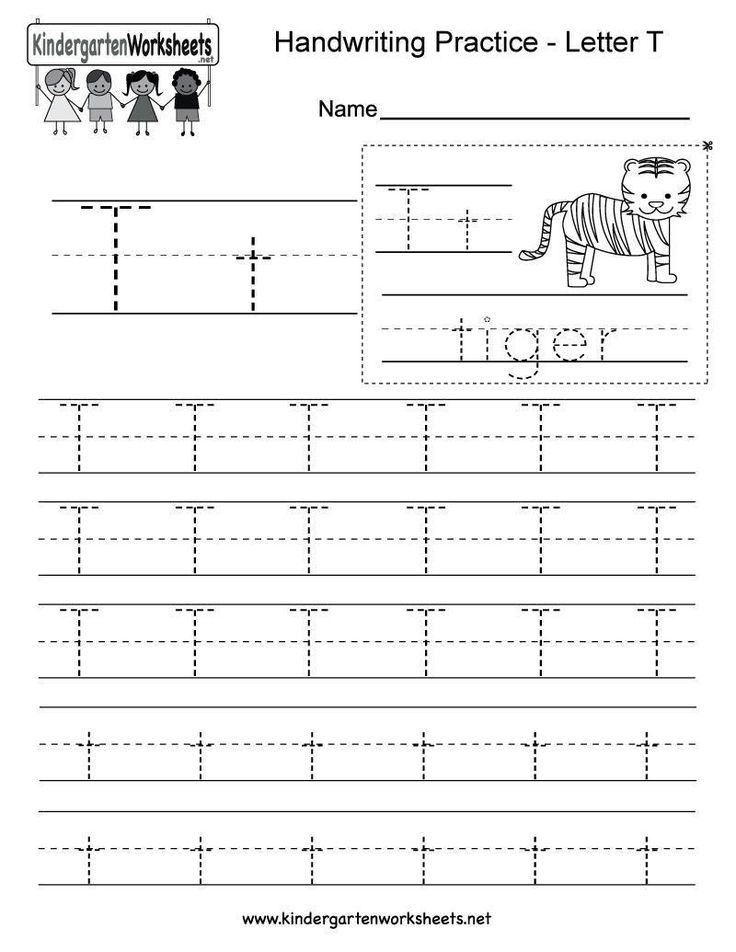 We improve the lives of every teacher and learner with the most comprehensive, reliable, and inclusive educational resources.
We improve the lives of every teacher and learner with the most comprehensive, reliable, and inclusive educational resources.
If you enjoyed what we have to offer at ETTC, be sure to join our email list, so you won’t miss a beat.
Comments
comments
Writing Activities for Your Kindergartener
Kindergartners are often enthusiastic writers and they will weave writing activities into their play. Provide budding writers with experiences that give them something to write about. Invented spelling is normal at this age, as children are translating the sounds of spoken words into writing.
Children at this age can read their own writing and should be encouraged to read aloud!
Young children often mirror what they see around them: adults and older children writing lists, letters, text messaging. So make sure your child sees you writing! And talk about why you are writing about your writing so your child begins to understand why writing is important and the many ways it can be used.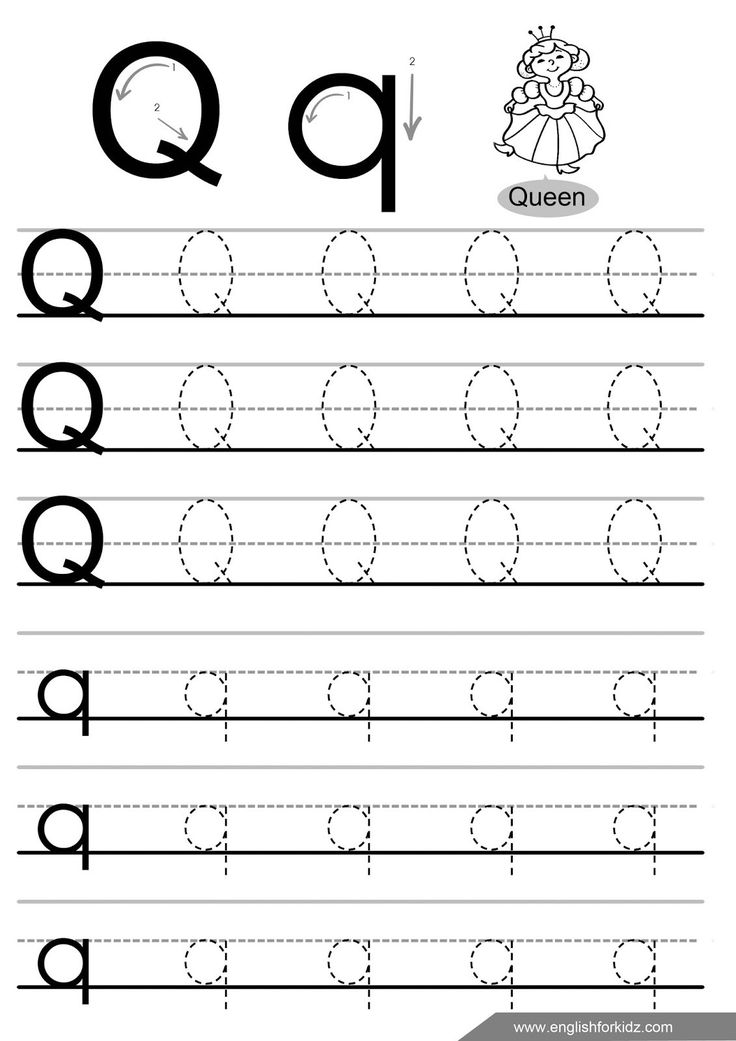
Don't correct spelling and handwriting at this stage. Child specialists say “invented spelling” is just fine. Your role is to make writing fun and purposeful.
Invented spelling: your child’s first writing
This video is from Home Reading Helper, a resource for parents to elevate children’s reading at home provided by Read Charlotte. Find more video, parent activities, printables, and other resources at Home Reading Helper.
What does kindergarten writing look like?
Try these writing ideas at home
Label it
Young children love to name things! Ask your child to write out labels for the rooms and objects in your house.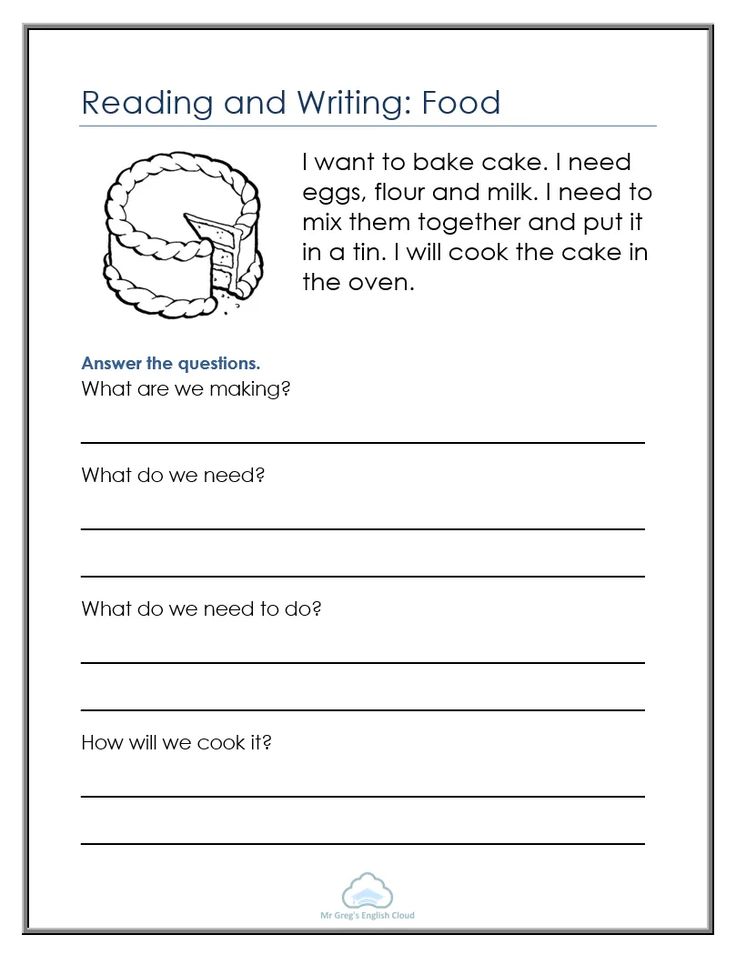 Don't worry about invented spellings! Help your child safely tape them up for temporary display. See a real-life example in this blog post, Using but confusing, with laundry.
Don't worry about invented spellings! Help your child safely tape them up for temporary display. See a real-life example in this blog post, Using but confusing, with laundry.
List maker
Ask your child to help you make a grocery list or a "to-do" list for weekend chores. Your child can dictate the list as you write, to model the process. Then switch roles, and ask your child to write the list as you dictate.
Family letters
Help your child write letters to relatives and friends. These may include thank you notes or just a special note to say hello. Be sure to send your child a letter or card once in awhile too so that she is reminded of how special it is to get a letter in the mail. And consider finding a pen pal for your child.
Family stories
Ask your child to draw a picture of a family activity and then write a sentence about it below the picture. Encourage your child to say the sentence and write letters to match the sounds in each word. Then have your child read what she wrote. Display the story on the refrigerator or a bulletin board — and celebrate the work!
Display the story on the refrigerator or a bulletin board — and celebrate the work!
First stories
Ask your child to tell you simple stories as you write them down. Copy the story as your child tells it, without making changes. Ask her to clarify anything you don't understand. Soon, your child will be writing her own stories. Here's a wonderful example of a story by a 5-year-old in the blog post, I like Writer's Workshop.
Author's chair
Identify a special "author's chair" in your home. That's where your child can sit and share out loud something she has written. Be an enthusiastic listener! This shows your child that others want to hear about her thoughts and ideas.
Reader's theater
Encourage your child to read her stories out loud. Listen carefully with patience, and give positive feedback about her ideas and her writing!
Bookmaker
Turn your child's writing into books! Paste her drawings and writings on pieces of construction paper.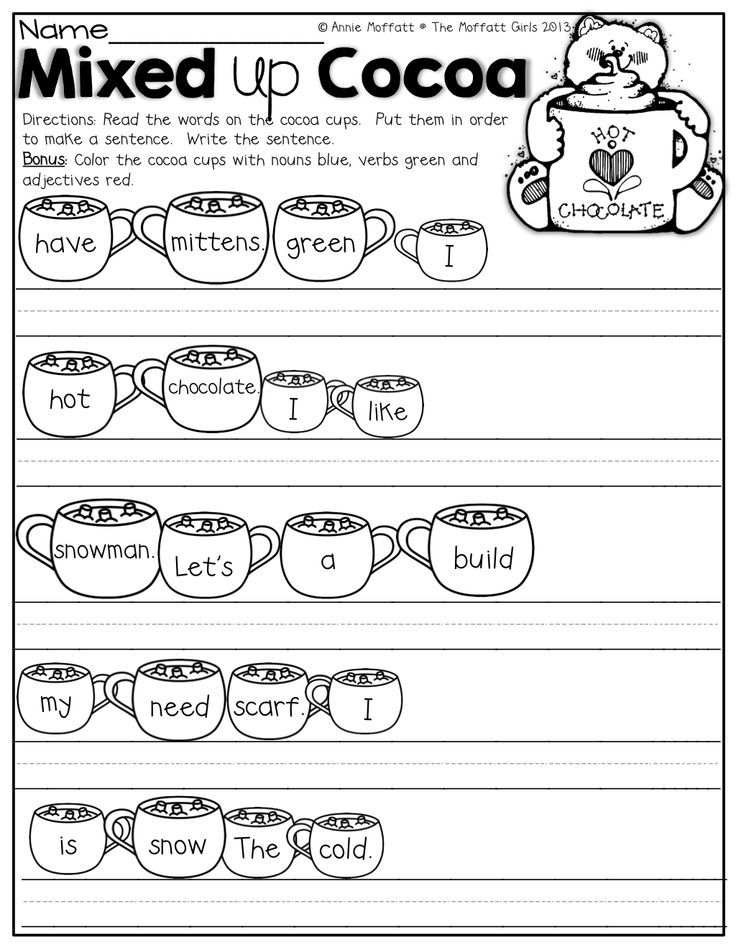 For each book, make a cover out of heavier paper or cardboard, and add special art, a title, and her name as author. Punch holes in the pages and cover, and bind the book together with yarn or ribbon.
For each book, make a cover out of heavier paper or cardboard, and add special art, a title, and her name as author. Punch holes in the pages and cover, and bind the book together with yarn or ribbon.
Field notes
Encourage your child to take notes on trips or outings, and to describe what she saw, using all of her senses. This could include a description of a walk outside, a ride in a car or a bus, or other events that lend themselves to note taking.
Message board
Hang a family message board in the kitchen and leave notes there for your child. Encourage your child to write a message back and post it to the board.
Reading supports writing
Read books together! Early and frequent exposure to letters, sounds, words, and stories helps kids learn to read and write.
Talk about vivid words
As you read to your children, point out things the book author did to make the book so fun to read. "Wow! Listen to how the author describes the ocean.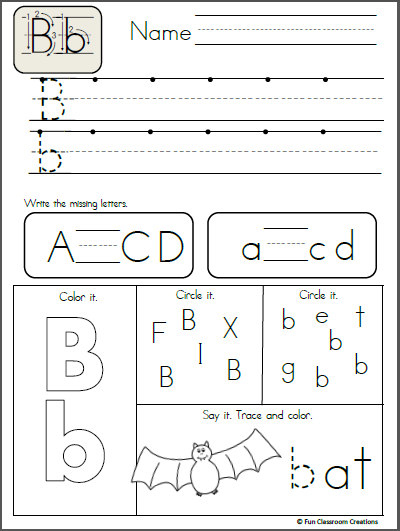 Don't those words make you feel like you're back jumping over waves?"
Don't those words make you feel like you're back jumping over waves?"
Get your kindergartner writing!
This video is from Home Reading Helper, a resource for parents to elevate children’s reading at home provided by Read Charlotte. Find more video, parent activities, printables, and other resources at Home Reading Helper.
More writing resources
Assignments for children aged 9-10
This section of the Razumeikin website contains exercises for children aged 9-10, which will help the child broaden his horizons and serve as an addition to school subjects. When developing a set of tasks for schoolchildren, our specialists tried to make them not only as understandable and exciting as possible, but also really useful in practical terms.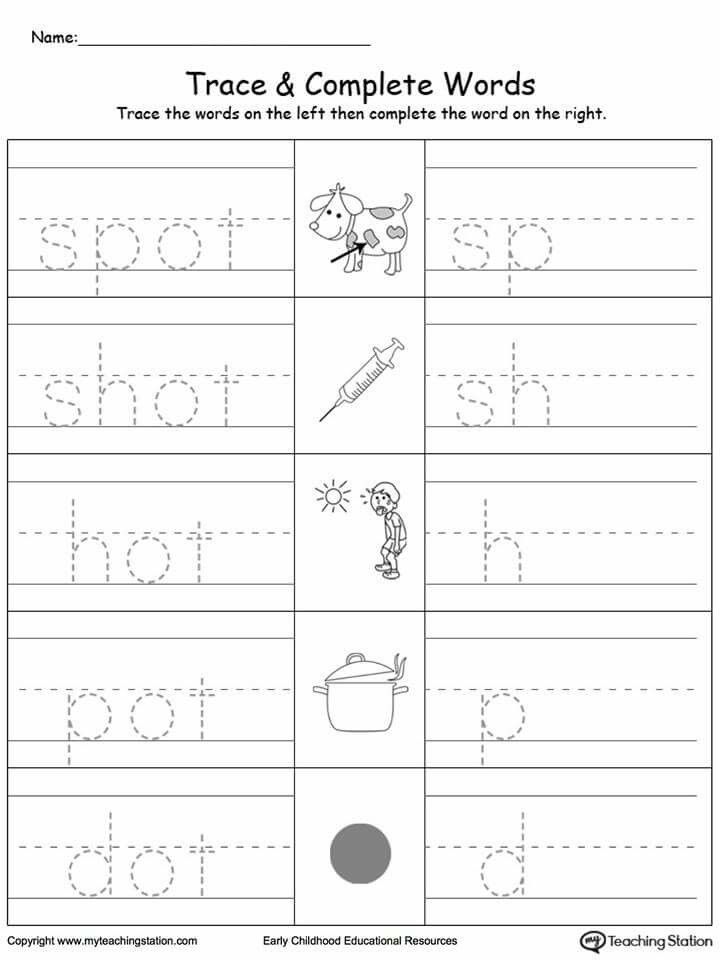
The "Development" block presents interesting tasks for children aged 9-10, which help improve logical and spatial thinking, memory, and attention. All these skills help to simplify the process of assimilation of the school curriculum. Tasks-tests in the "Development" block are built in the form of an interesting online computer game for children 9-10 years. By doing them, young students develop counting and reading skills and strive to learn something new.
Interesting entertaining tasks for children of 9 years old in the "Education" block will help schoolchildren to consolidate the knowledge they received in primary school. The exercises presented here correspond to the tasks that are encountered in the certification tests. Consistently completing tasks-tests for children aged 9-10, prepared by our specialists, the guys will be able to:
- Prepare for exams in mathematics, Russian language, reading, the world around.
- Recall the literary works covered in elementary school.
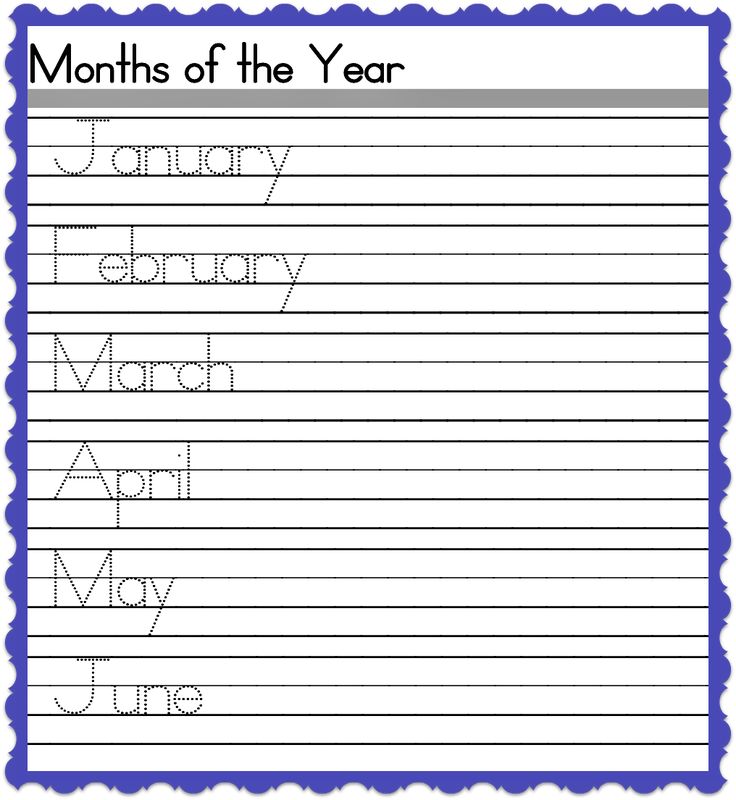
- Practice solving advanced problems in mathematics and Russian.
- Refresh the topics that have been studied within the framework of the subject "The World around".
For most of the tasks-questions for children 9 years old, we have provided a detailed explanation of the solution. It is given to the child if the answer he gave was incorrect or incomplete. The "Science" block includes entertaining children's games and tasks for 10 years old, coping with which the child learns about chemical elements, structural features of substances, air pressure, refraction of sunlight, learns fascinating facts about our planet, etc. In most exercises provided introductory information, which we have presented in an accessible form. After a preliminary explanation of the task-game to children 9-10 years is proposed to start its implementation.
A few words about the submission of material
In order for little students to learn information during the lessons, for each exercise for children 10 years old, the specialists of the Razumeikin website prepared thematic pictures and voiced text.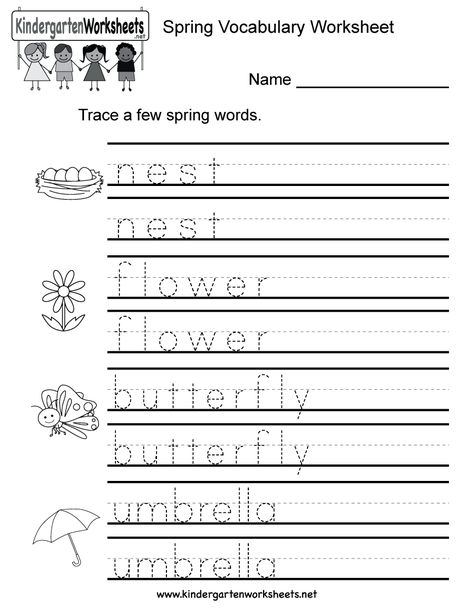 We are convinced that this approach will allow you to learn the material better. For many interesting test games for children 10 years old, we have prepared educational videos that will help you cope with online tasks.
We are convinced that this approach will allow you to learn the material better. For many interesting test games for children 10 years old, we have prepared educational videos that will help you cope with online tasks.
How are results evaluated?
Coping with test tasks, children of 10 years old receive online awards: cups, medals, etc. They help to increase the student's interest in independent studies. Most of the exercises are graded based on the attempt the student made to give the correct answer.
At the same time, the child has the opportunity to return to completed tasks in order, for example, to improve their own result.
To identify strengths and weaknesses in child development 9years, we advise you to take online tests for free before performing cognitive tasks-games. The results obtained will help to understand which topics you need to dwell on in more detail.
exercises, games and tasks for the summer for the future first grader
Preparing for school / Assignments
Parents no longer need to review dozens of manuals and children's websites.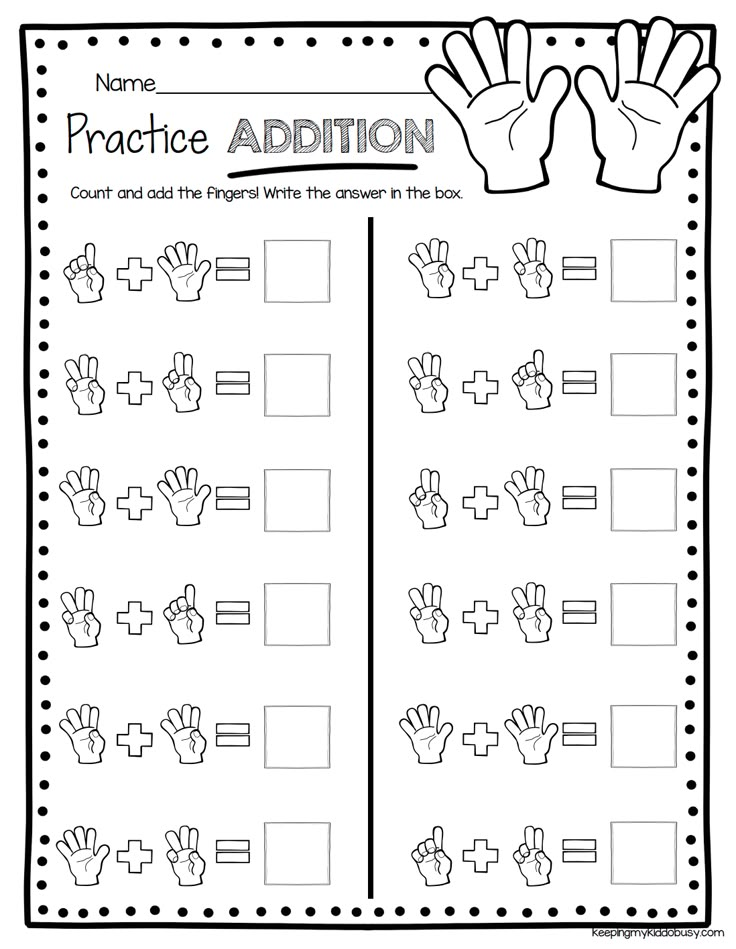 After all, the team LogicLike has prepared everything you need for an easy start and exciting learning.
After all, the team LogicLike has prepared everything you need for an easy start and exciting learning.
Assignments for classes online
Find the extra
Count the cubes
Logic tasks
Logic questions
Say a word
Guess by description
Entertaining account
patterns in pictures
How much should a future first grader study?
Start with 5-7 tasks a day and gradually build up.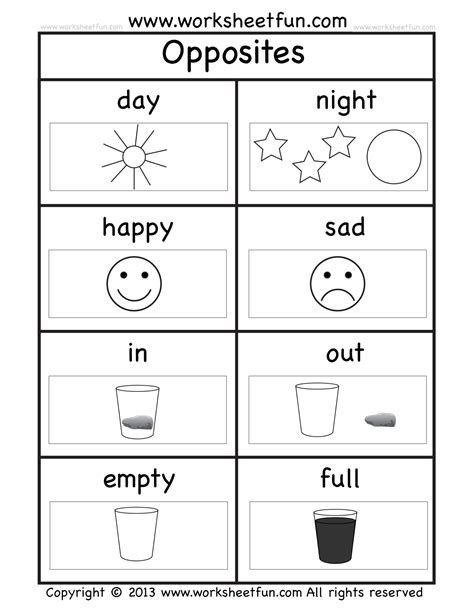
Looking for ideas for offline classes?
Here is a selection of popular developmental tasks and other activities, examples of entertaining assignments from LogicLike.
- We develop voluntary attention.
- We train short-term and long-term memory.
- We develop logical thinking.
- Performing speech therapy exercises.
- Preparing a hand for writing.
We develop attention
Initially, children do not know how to control their attention. They actively respond to everything new and interesting, but can't focus for long on something that doesn't appeal to them.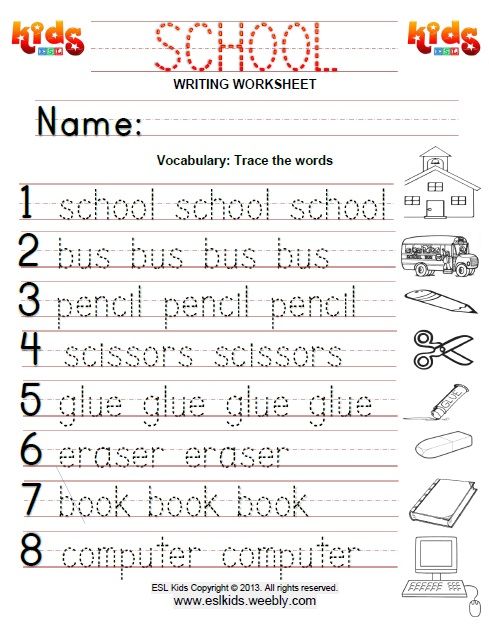 That's why it can be difficult for a first grader to sit through 45 minutes of a lesson without switching to extraneous matters. Games, tasks and exercises to develop attention from LogicLike.
That's why it can be difficult for a first grader to sit through 45 minutes of a lesson without switching to extraneous matters. Games, tasks and exercises to develop attention from LogicLike.
Task "Find and circle"
Give the child a short text (this could be an article from a children's magazine or a printed fairy tale) and invite him to cross out a certain letter in each line, for example, “A”. How can complicate the task? Ask the preschooler to cross out 'A' and circle 'B' or mark 'A' only when it is preceded by a consonant.
Mission "Abracadabra"
On a piece of paper, write down a number of complex non-existent words and offer the child without errors copy them in a notebook:
MAPETLOOJERRAOTINDEBOJA
ZELLOTYMNOSTALLOTHOUSE LAW
ZHAMOTSVANERTALOFOGRODY.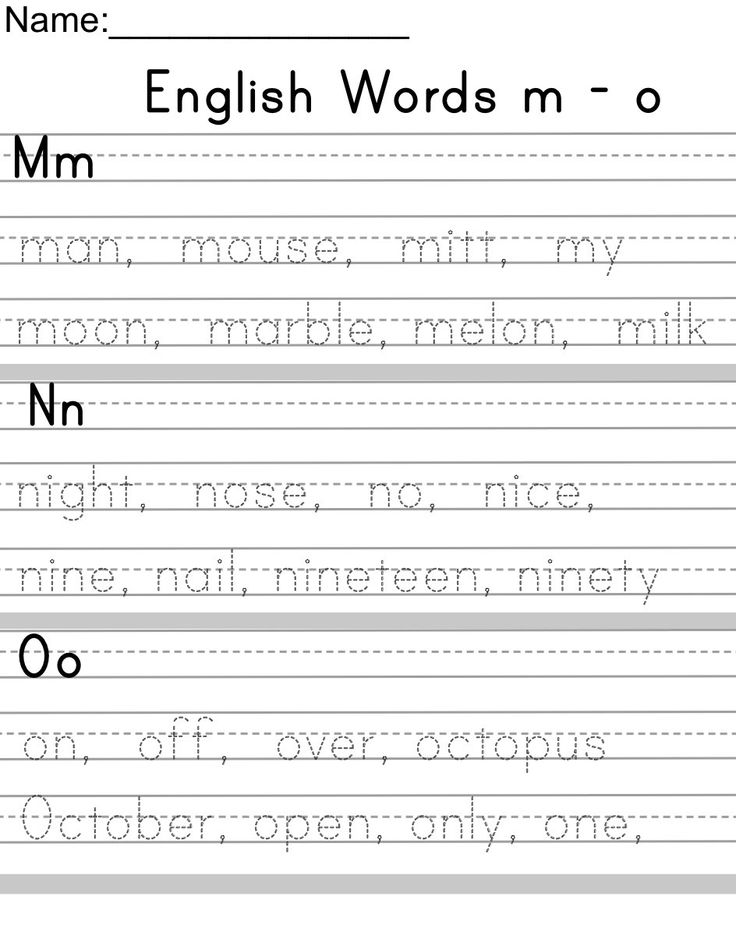
Attention task and spatial thinking
To decide tasks, press Start classes!
Yura made a building out of cubes (fig. on the right). Irishka hid a few cubes.
How many cubes does Yura need to restore the building?
Show answer
Answer:
5.
Exercise "Listen and act"
Name different words (table, bed, cup, pencil, bear, fork, etc.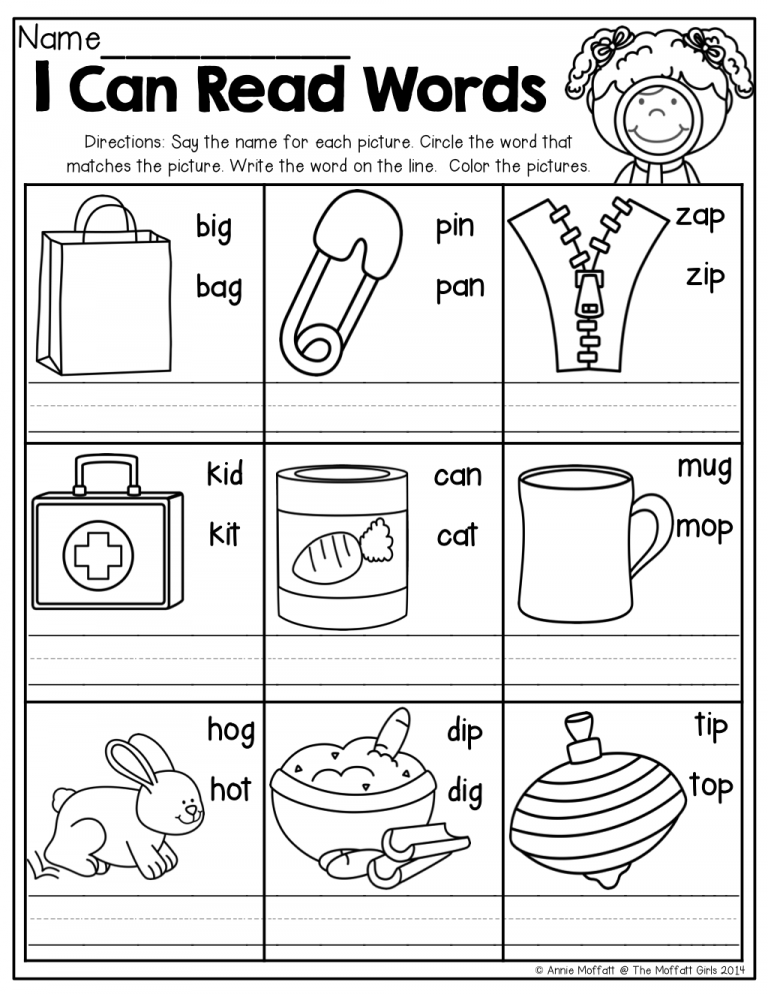 ) and ask clap your hands when the word for an animal comes up. Increasing the difficulty: now it will be necessary to get up every time you hear the name of the plant. Connect two parts of the exercise. If it's easy, add another action.
) and ask clap your hands when the word for an animal comes up. Increasing the difficulty: now it will be necessary to get up every time you hear the name of the plant. Connect two parts of the exercise. If it's easy, add another action.
Exercise "Show me"
Name the parts of the body and point to them. And the child must repeat the words and show on himself. Then start to confuse him: say "hand" and point to the leg, etc.
We develop memory
Like attention, the memory of a preschooler only passes from involuntary to controlled: he quickly memorizes verses with bright and interesting images, but learns boring texts with difficulty.
Tasks and exercises for the development of memory will help the future first grader to better absorb any useful new information.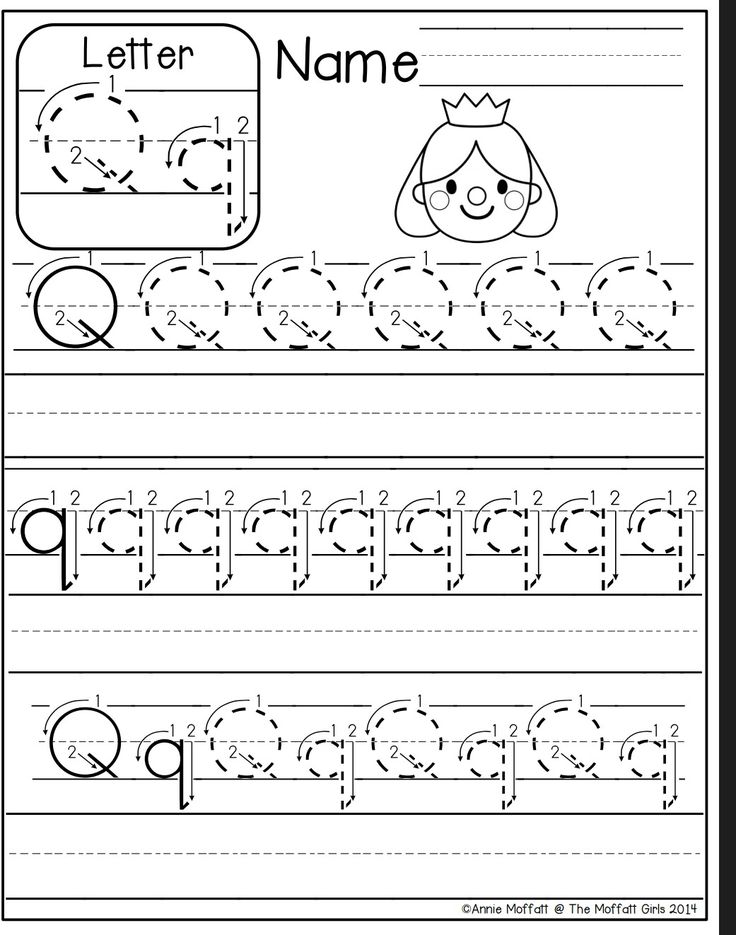
The task "Chain of words: listen and remember"
Out of ten spoken words, an older preschooler (6-7 years old) is able to remember about seven. Let's check how well your child's memory is developed?
Chain of words to check: bedroom, vase, tiger, oval, square, rhombus, wolf, fish, winter, hare, house, sun, hedgehog, cloud.
Task "Pairs of words"
Read all pairs of words. Then call only the first and wait for the second in response:
autumn - rain; vase - flowers; doll - dress;
cup - saucer; book - page; water - fish;
machine - wheel; house - window; hours are arrows.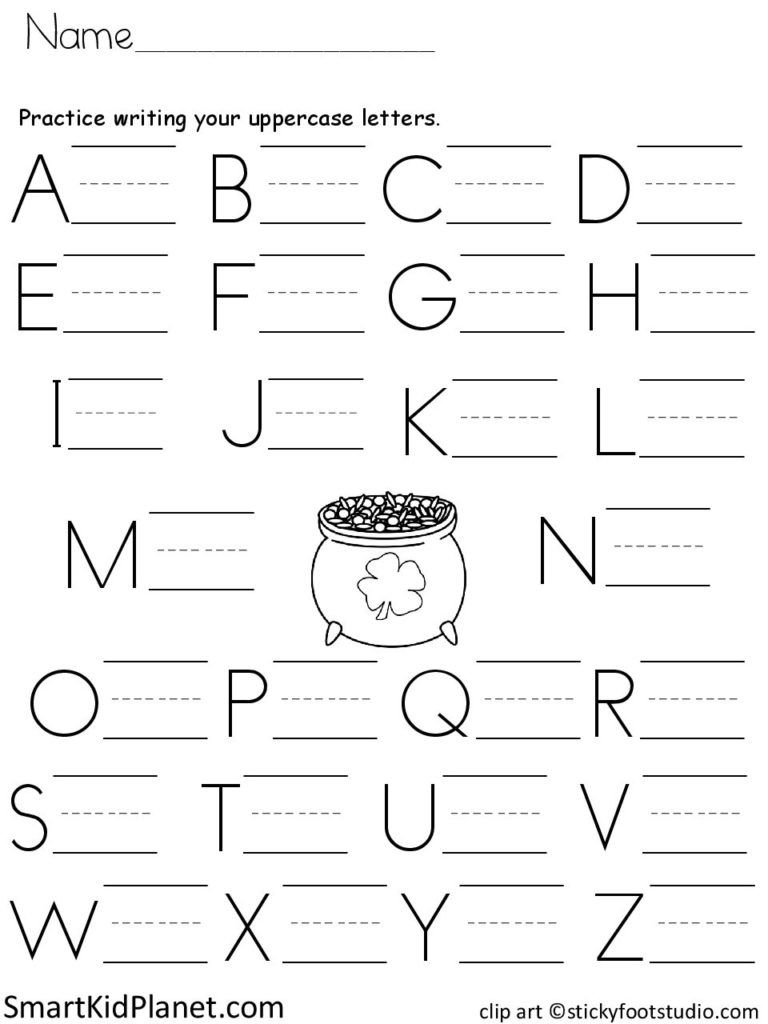
Good to know. Russian psychologist Lev Vygotsky advised teaching a child several techniques that will help him memorize information easier:
- repeat aloud and to himself;
- mentally fix some objects through others, creating associations;
- to combine objects into groups, highlighting their similarities or differences.
Exercise "Remember and describe"
After a joint walk, remember what interesting things you saw on the street. Perhaps it was a bright sign or a passer-by with a funny dog. Ask the child to describe the object in detail.
Exercise "Repeat the figure"
Take counting sticks, lay out an intricate figure from them and give the preschooler time to for him to remember. Suggest from memory to depict the same composition of counting sticks.
Suggest from memory to depict the same composition of counting sticks.
More ideas - in the material "Games, developing thinking, memory, attention.
Online games for training memory and attention
You can develop the speed of perception, reaction and visual memory with ease. Suggest to the child try our game "Master Schulte".
We develop thinking
Children with developed thinking more easily absorb new knowledge and come up with how to apply.
When children complete LogicLike's pre-school assignments, they learn to analyze information, establish relationships between objects, divide them into groups, compare and generalize.
Learn more about the development of logic and thinking in children.
Start with age-appropriate tasks
- 5-6 years
- 6-7 years
- 1 class
It can be difficult for a preschooler to understand all the variety of tasks and exercises. on one's own. To facilitate the first steps, we recommend completing 5-7 tasks from each category together with child.
"What, why and why?"
Reflect together on the following questions:
In the morning we have breakfast, and at noon - .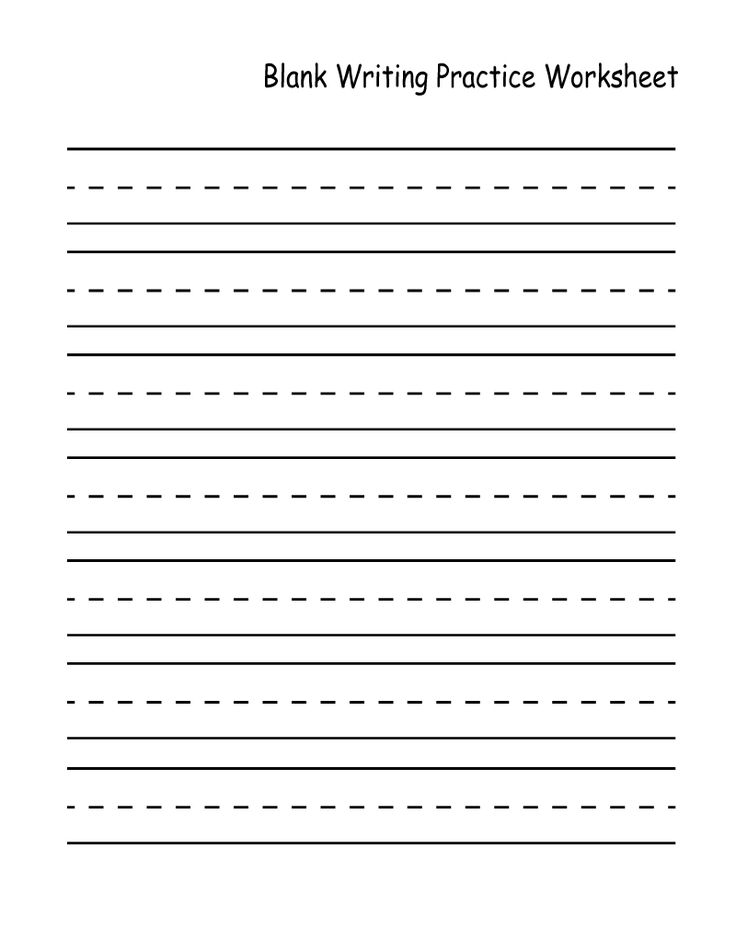 ..?
..?
Why, before the train passes, barriers are lowered along the track?
A small cow is a calf, a baby lamb is...?
Is the dog more like a cat or a chicken? What, what do they have in common?
Why do all cars have brakes?
Why do you need to put a stamp on a letter?
"Which word is missing?"
In each row you need to find an extra word:
old, decrepit, small, dilapidated;
Brave, evil, courageous, bold;
Apple, plum, cucumber, pear;
Milk, cottage cheese, sour cream, bread;
Hour, minute, summer, second;
Spoon, plate, bag, pan;
Dress, hat, shirt, sweater;
Soap, toothpaste, broom, shampoo;
Birch, oak, pine, strawberry;
Book, TV, tape recorder, radio.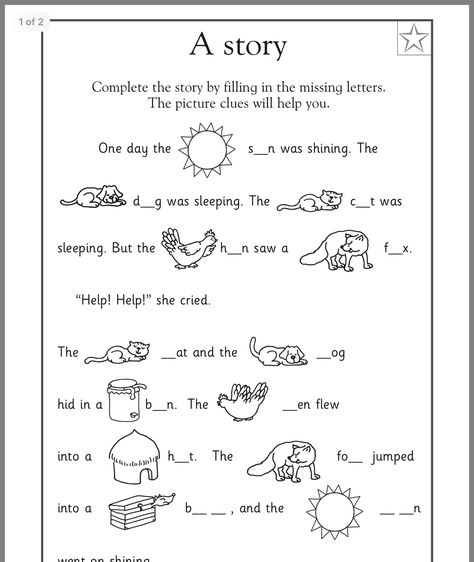
The fourth extra task
On the LogicLike platform, you can perform similar and other tasks for the development of thinking in interactive format. Example from our database:
To decide tasks, press Start classes!
See more tasks like "Find an extra word or item".
Exercise "Who is more?"
Invite the child to name as many words as possible that stand for specific concepts: trees, flowers, modes of transport, sports, etc.
Exercise "Important words"
Name one concept (garden) and add accompanying words to it (plants, gardener, fence, Earth).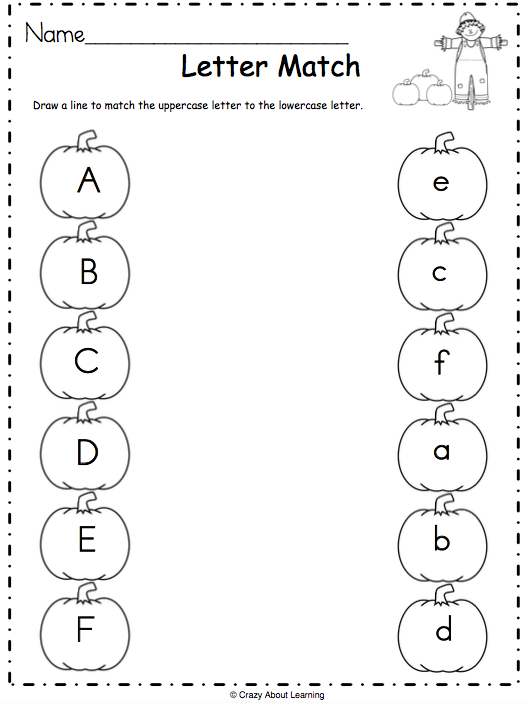 Ask the child to choose the two most important of them, without which the main subject cannot get by. Ask questions to understand why he chose certain words. Examples of other pairs: shop - seller, milk, counter, money; water park - inflatable circle, slides, water, bathing suit.
Ask the child to choose the two most important of them, without which the main subject cannot get by. Ask questions to understand why he chose certain words. Examples of other pairs: shop - seller, milk, counter, money; water park - inflatable circle, slides, water, bathing suit.
Logic task
Logic problem solving is one of the most effective ways to develop thinking. We create a variety of entertaining tasks that are interesting to solve for children and adults.
To decide tasks, press Start classes!
We develop speech
An older preschooler can easily pronounce sounds, knows how to build complex, but coherent sentences. His vocabulary has increased: if at 3 years old the child knew about 1200 words, then at 6 years old - at three times more. Active communication and solving tasks and exercises for the development of speech will help a preschooler to speak beautifully and fluently.
His vocabulary has increased: if at 3 years old the child knew about 1200 words, then at 6 years old - at three times more. Active communication and solving tasks and exercises for the development of speech will help a preschooler to speak beautifully and fluently.
"Warm-up for the tongue"
Learn together a few tongue twisters and practice pronouncing them without hesitation:
Marina pickled mushrooms, Marina sorted raspberries;
The hedgehog chewed blackberry jelly in his dwelling;
The cat lapped up the milk, and Vitya dipped the roll into the milk;
Senya carries hay in the canopy, Senya will sleep in the hay;
Dima gives melons to Dina, Dima gives melons to Dina;
Mom, you don’t look for us, we pinch sorrel on cabbage soup.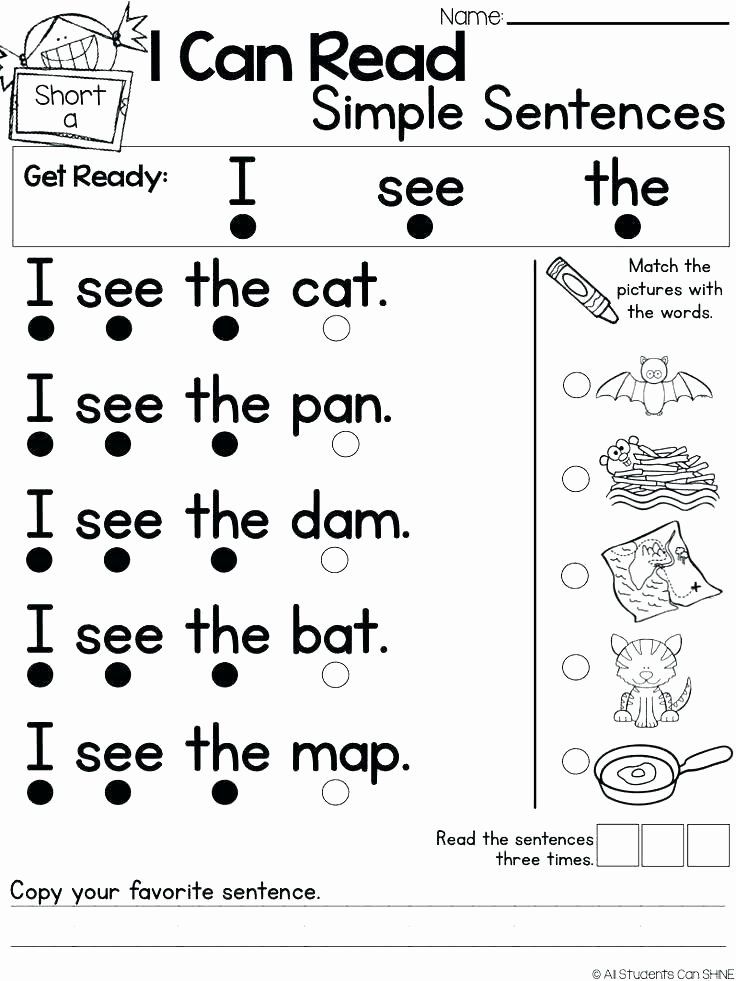
Quest "I know everything"
Read the word and ask them to explain its meaning. Example: the word "chair". To which group objects it belongs to (furniture), what it is made of (wood), why it is needed (to sit on German)? Words for completing the task: notebook, plane, pencil, table.
Exercise "Tell me what you see"
Take a book with bright plot illustrations, choose an entertaining picture and ask questions about her: who? what is he doing? When? For what? Why? Suggestive phrases will help to talk: “What do you think?”, “Have you ever met such a thing?” and so on.
Exercise "Journalist"
Offer to play journalist and interview you. Can you imagine being a singer actor, athlete Existing or fictional - it doesn’t matter, the main thing is to ignite interest in child. During this exercise, you will have a good time and learn how to correctly build dialogues.
Can you imagine being a singer actor, athlete Existing or fictional - it doesn’t matter, the main thing is to ignite interest in child. During this exercise, you will have a good time and learn how to correctly build dialogues.
We develop fine motor skills
“A child’s mind is at his fingertips,” the Soviet teacher rightly stated. Vasily Sukhomlinsky. Do exercises that simultaneously prepare your hand for writing and stimulate the development of speech and thinking.
Exercise "Our hobbies"
Origami, paper applications, modeling from plasticine, dough or "space" sand, assembly building blocks or puzzles are all great ways to develop fine motor skills.